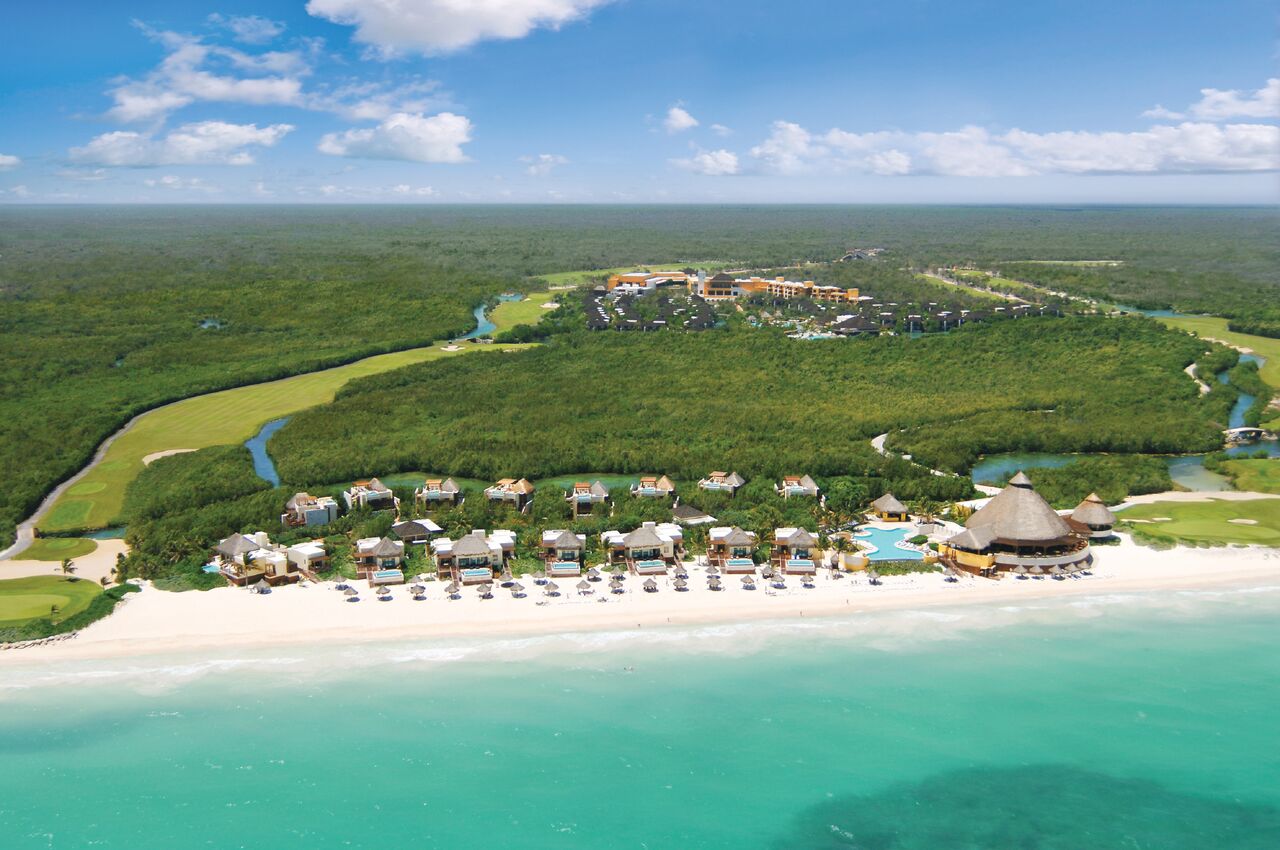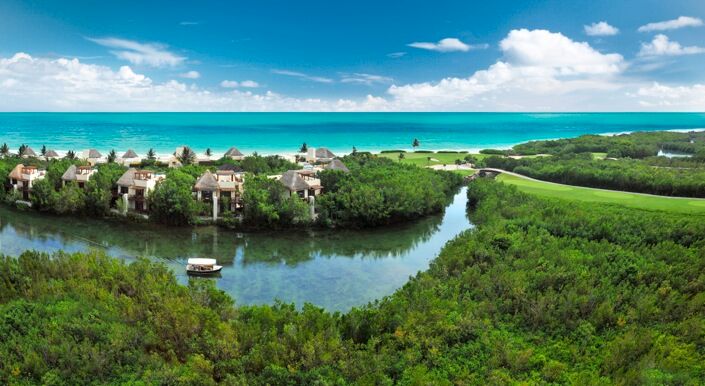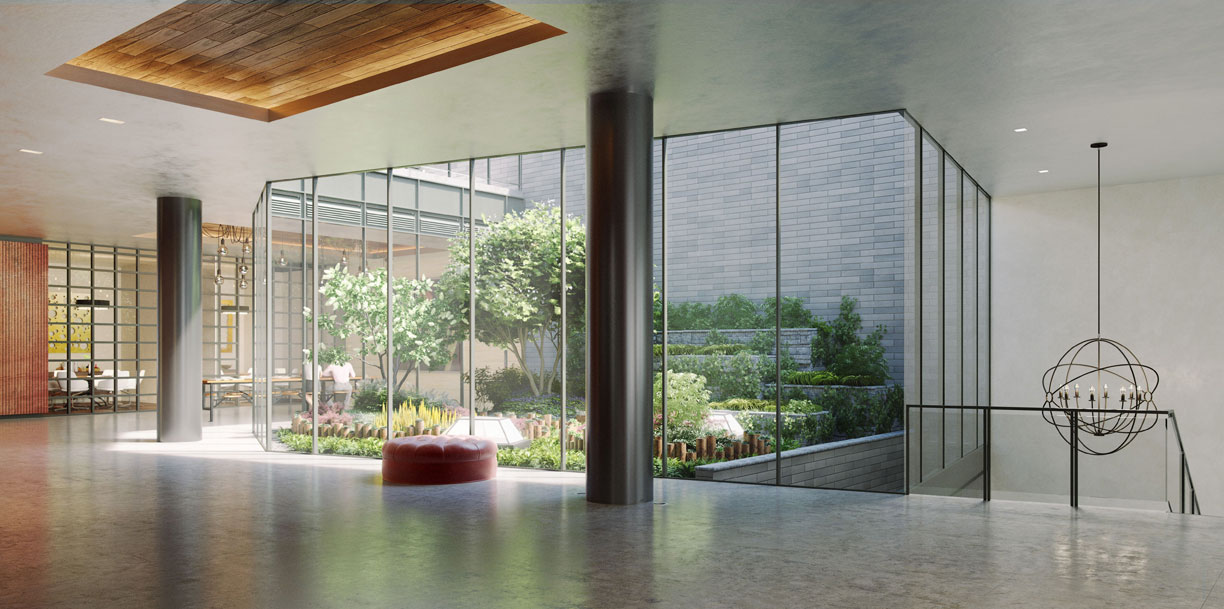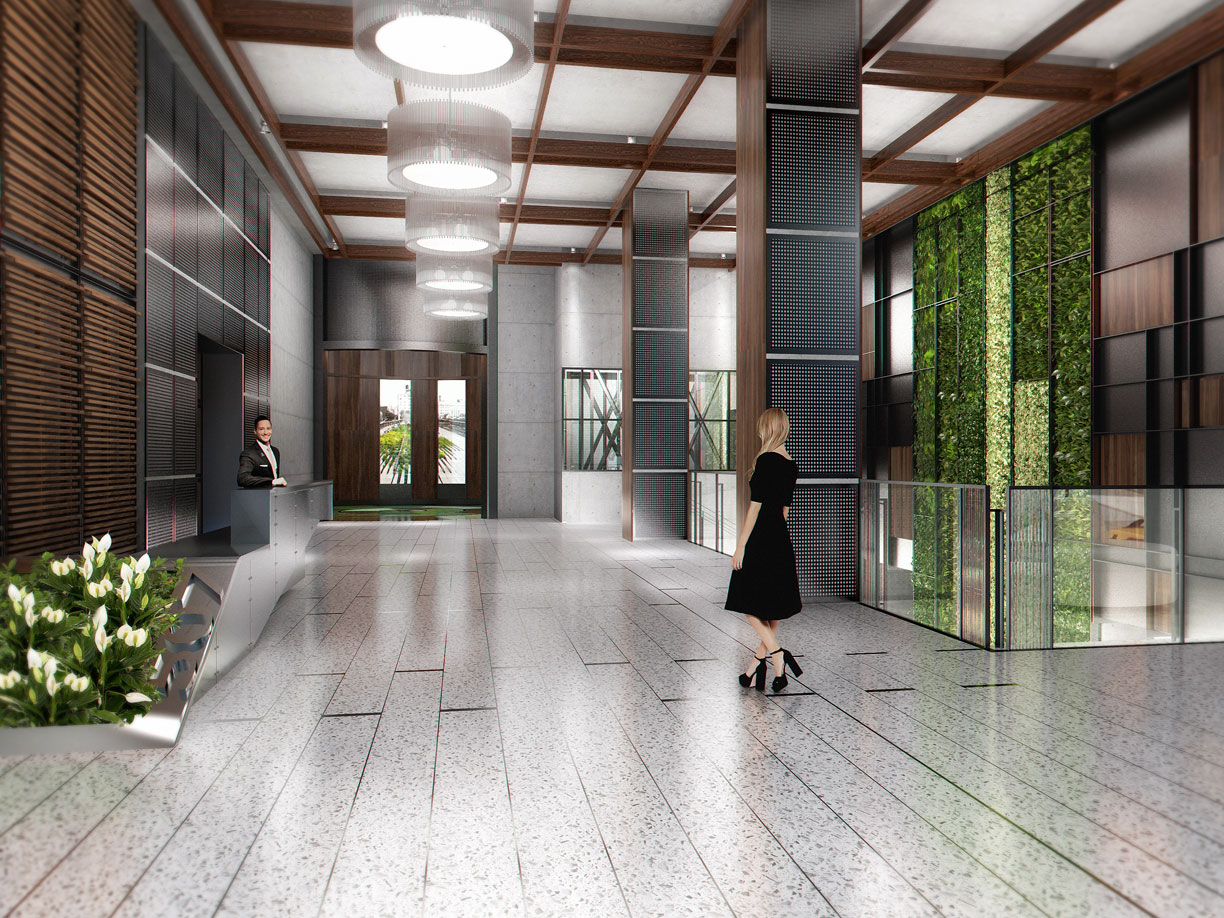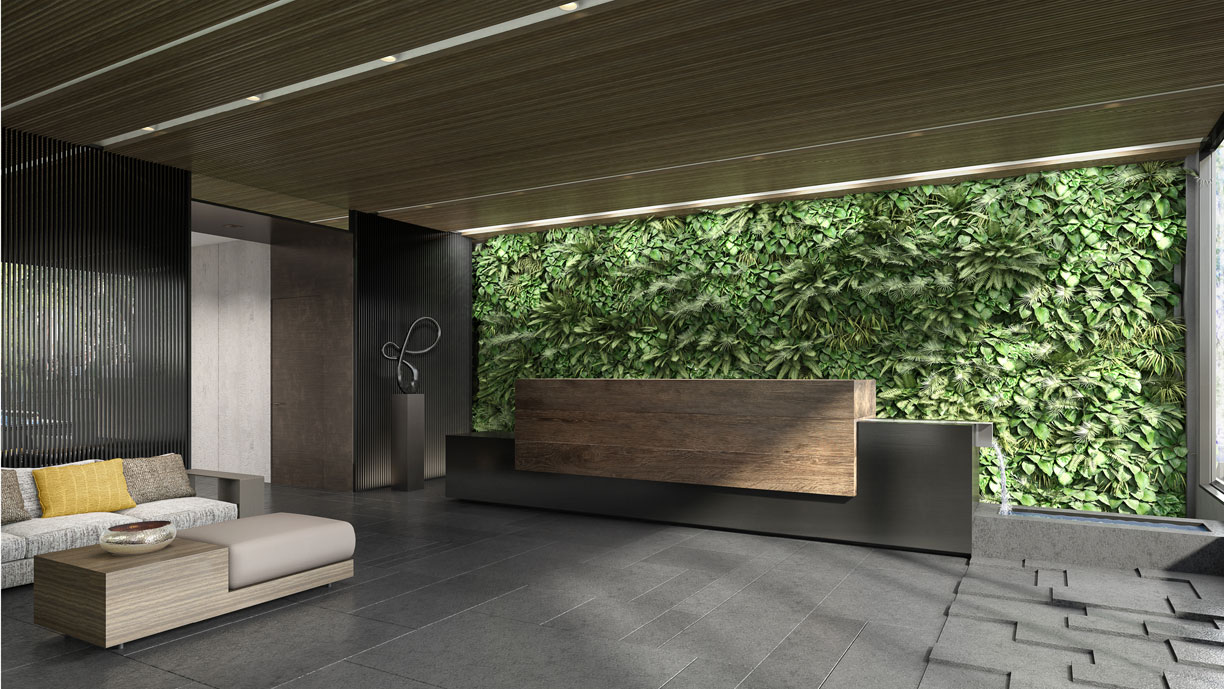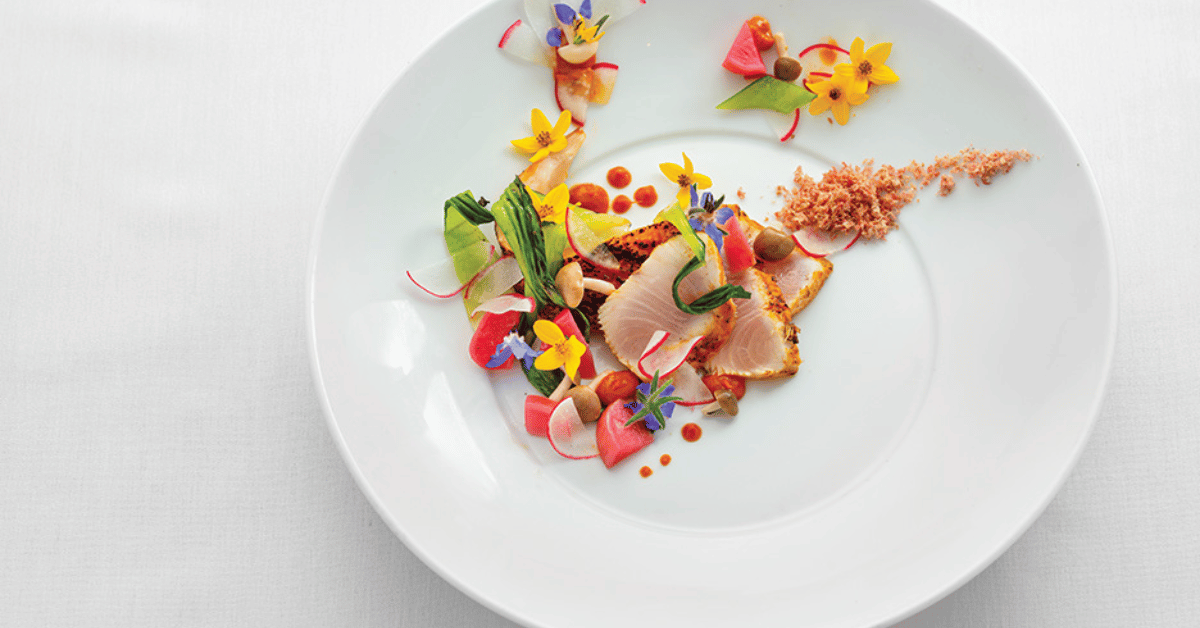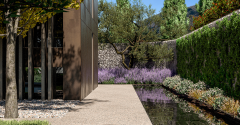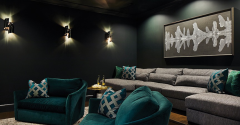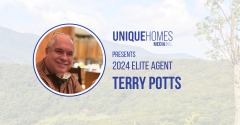This female-led, boutique interior design firm is leaving a positive and lasting impression on the environment.
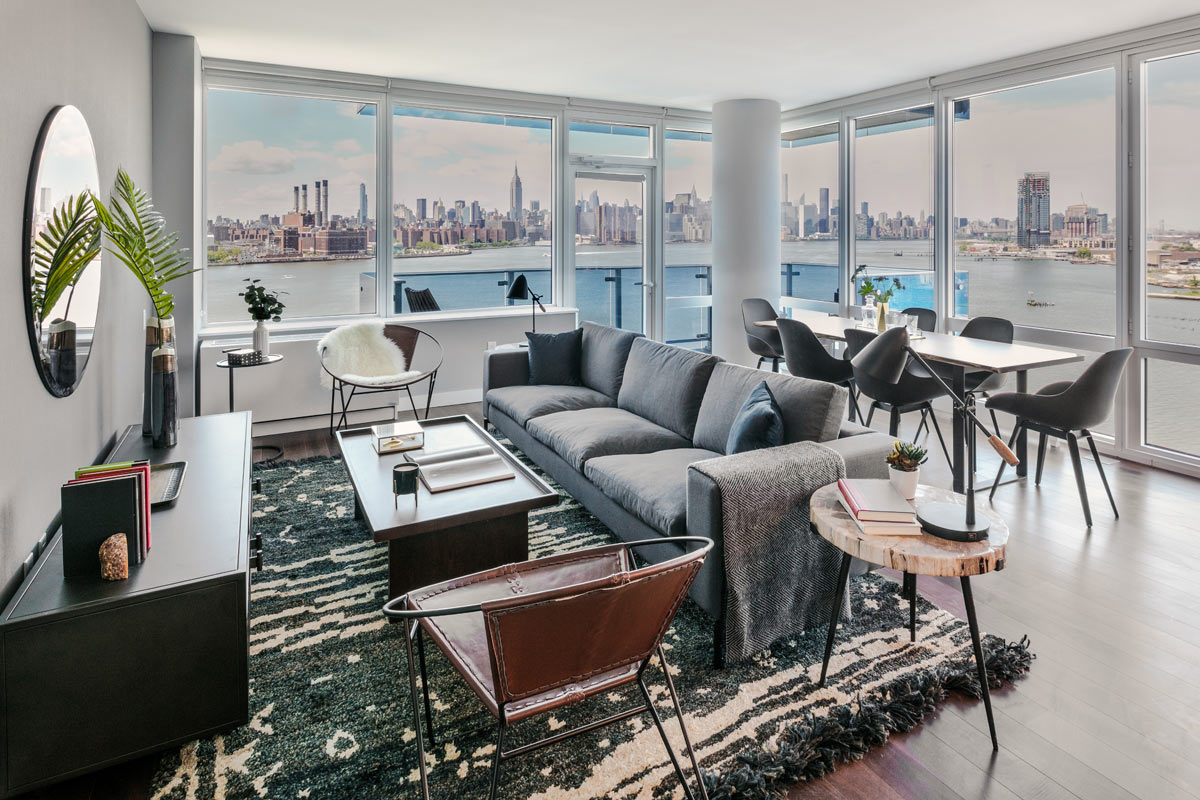
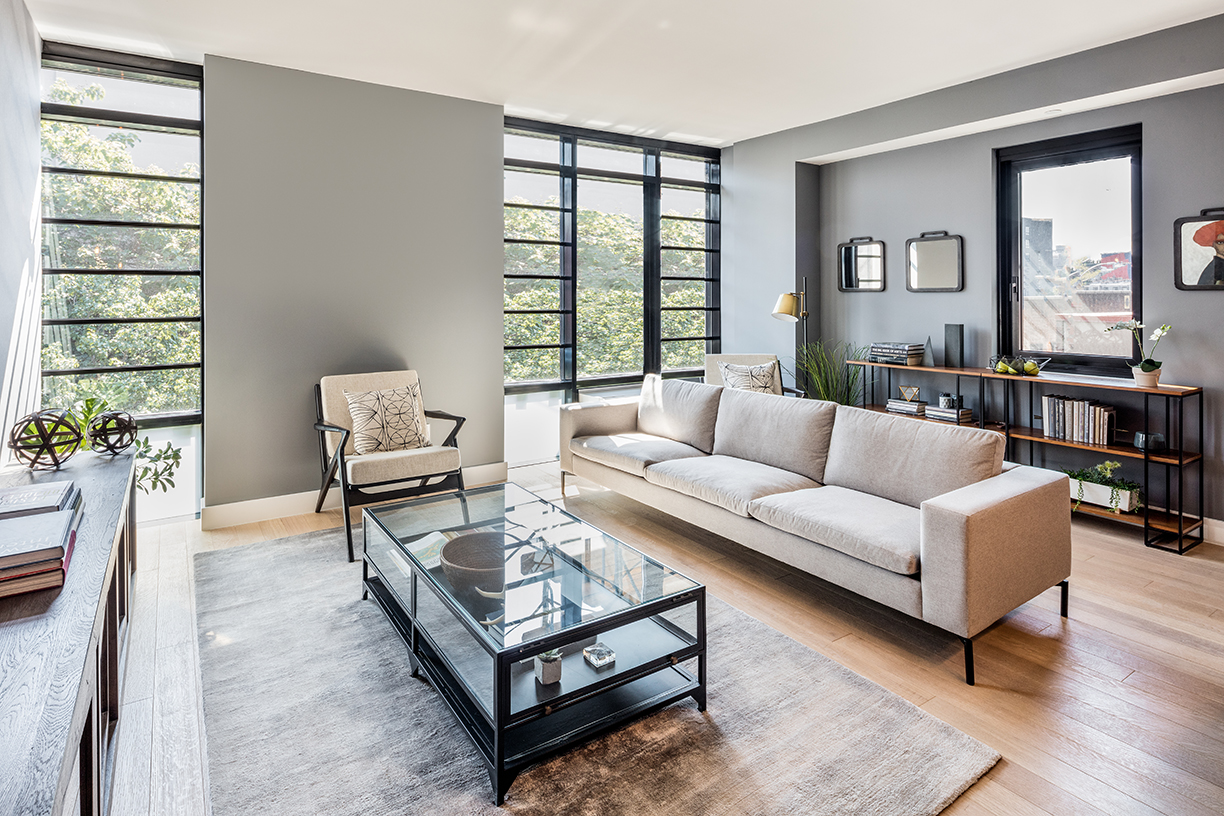
500 Waverly
The Design High, an eco-friendly firm, specializes in designing and staging residential buildings in Brooklyn and Manhattan with high profile projects including 63 Wall Street, 1N4th, 265 East Houston, LEVEL and 507 West Chelsea.
Whether it’s using tiles that are made of recycled contents or local materials to avoid shipping, Design High does its best to preserve the environment.
When it comes to design, the team must follow its clients’ requests. However, the team does its best to educate clients and offer eco-friendly options when possible, according to Founder and Creative Director Highlyann Krasnow.
In addition to encouraging an eco-friendly design, the team donates monthly to the Natural Resource Defense Council and Earthjustice. “We want to make sure some of our profits end up in the right place,” says Krasnow. “Ultimately, they’re not creating anymore land, this is the place that we live. I want to, at least, try to leave this planet better off than I found it.”
Design High also maintains a green office environment by avoiding the use of paper, banning all plastic and paper cups, and using notebooks made of recycled materials.
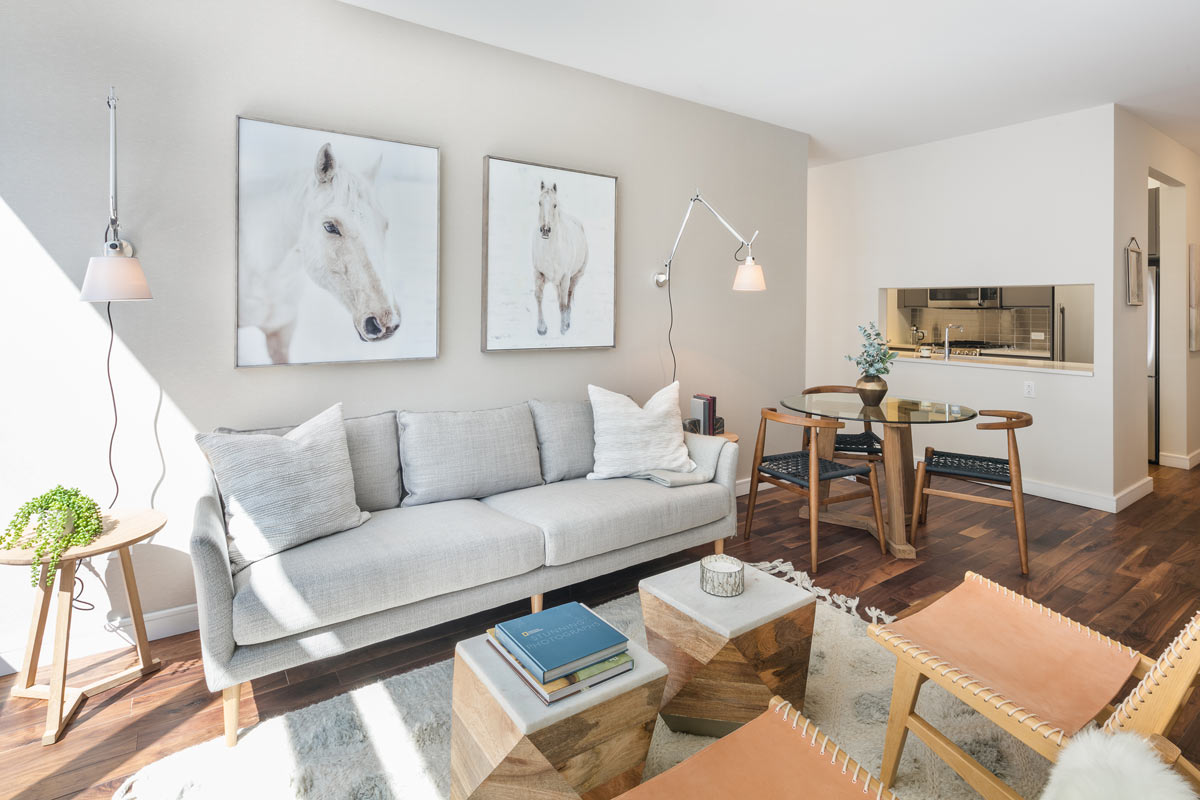
507 West Chelsea
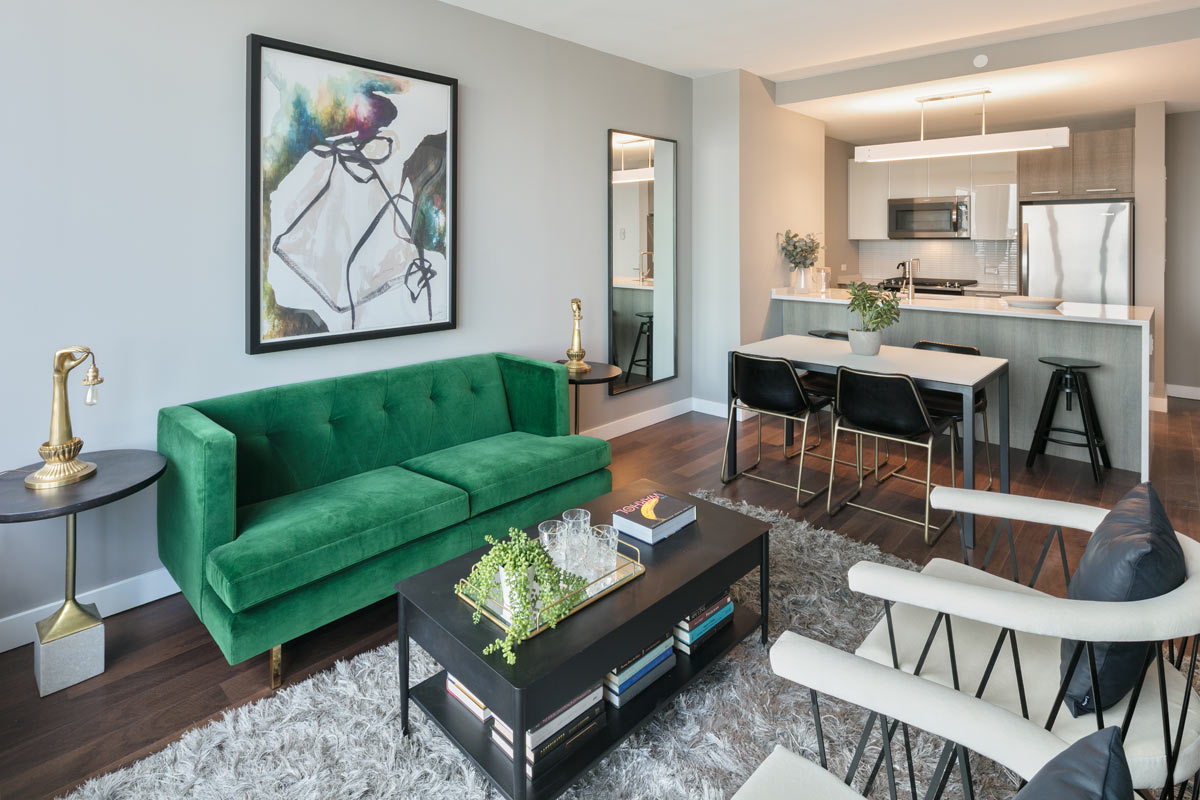
LEVEL
“We are very conscious of how we use our land. That is how I grew up, and it was important to me to bring that to the company as well,” says Krawnow on her decision to start an eco-conscious business.
Recent advances in technology and the mass production of eco-friendly resources have made it easier to be environmentally conscious in 2018 than in recent years. “I think people are starting to see that something has to be done,” says Krawnow, who notes an increased push toward sustainability in recent years.
Lead by a group of five women, Design High hopes other woman are inspired by the company’s success. However, Krawnow notes that the company’s lack of men was not purposeful. “We are all women,” Krasnow jokes. “But we’ve tried to hire men, it just ended up this way.”
She does believe, however, that the female-led team brings unique perspective and balance to a typically male-driven scene. “We do work on a lot of construction sites, and we are really the only woman,” Krasnow jokes. “It is important to feel empowered, and to not let that be intimidating. I think we bring a nice ying to the yang.”
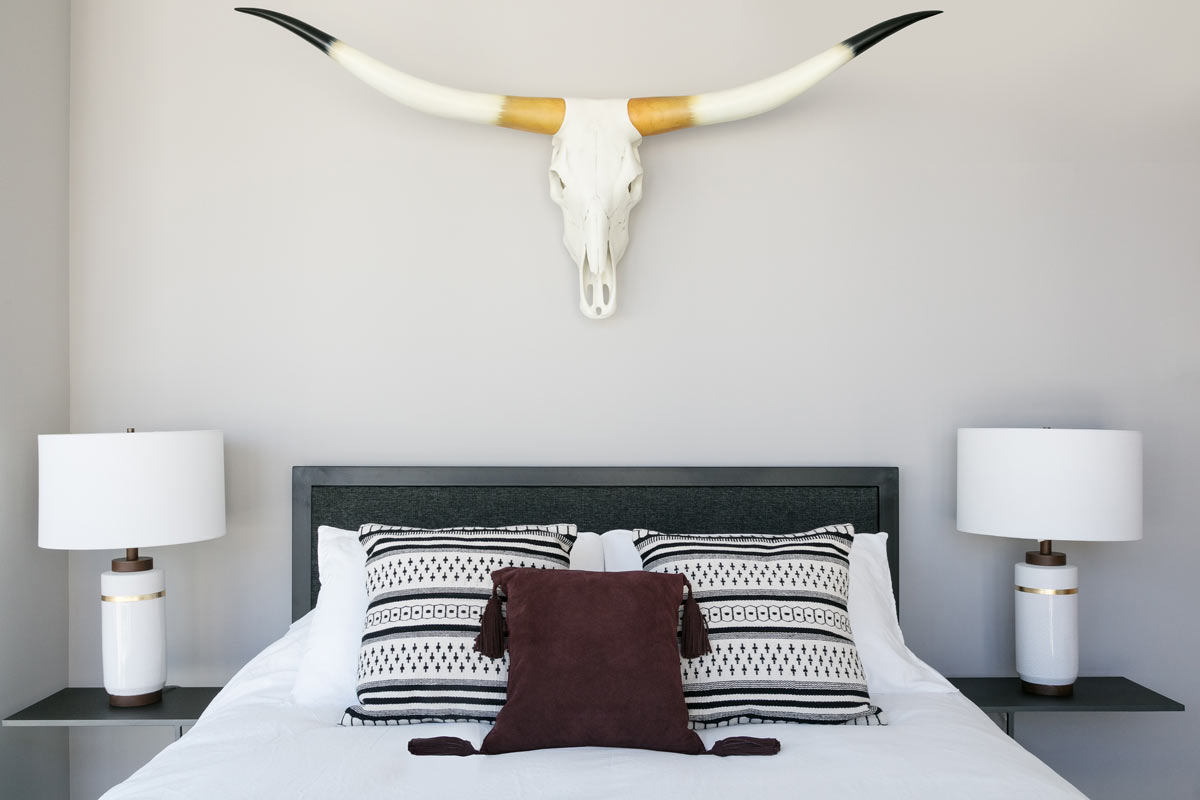
265 East Houston
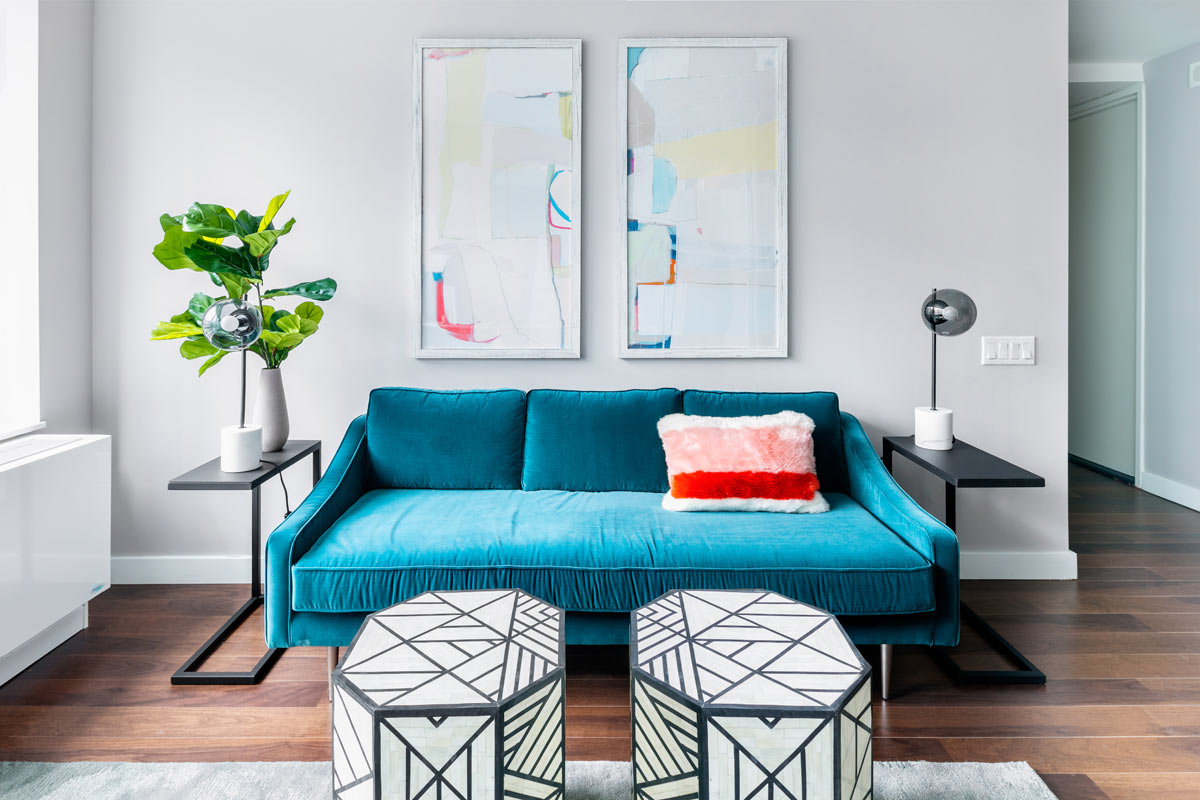
LEVEL
Krasnow has an important message to both men and women who are considering entrepreneurship — “I think that the best advice I could give is just not be too scared to try.”
“It is very intimidating, there was a lot I didn’t know. I think you have to give yourself some time to let it work without giving up on the idea,” says Krasnow, who says it took at least two years for her to feel confident that her business would succeed.
Photos courtesy of The Design High
Working to develop urban areas around the country is based on focusing on and improving the lives of residents for future years to come. To emphasize these goals, many developments are implementing sustainability methods in design and architecture to benefit the surrounding community and inhabitants.
Urby — Staten Island, NY
Located on the North Shore waterfront, Staten Island Urby is the largest new-construction development in Staten Island that offers specially curated social spaces that encourage natural opportunities for neighbors to meet and interact, including an urban farm featuring farmer-in-residence, Zaro Bates.
The 5,000-square-foot farm is the first commercial farm to be incorporated into an urban residential development. The farm grows over 50 varieties of produce across 5 major categories: greens, summer vegetables, flowers, herbs and roots. The farmers offer workshops to the community and residents including a fermentation series, growing your own herbs and microgreens, and bee-keeping workshops. Produce from the farm is used by the residents, served in the kitchen and sold at a weekly farmer’s market. Zaro’s business partner, Asher Landes, oversees the apiary, which encompasses 20 beehives on the roof of Urby that produce honey.
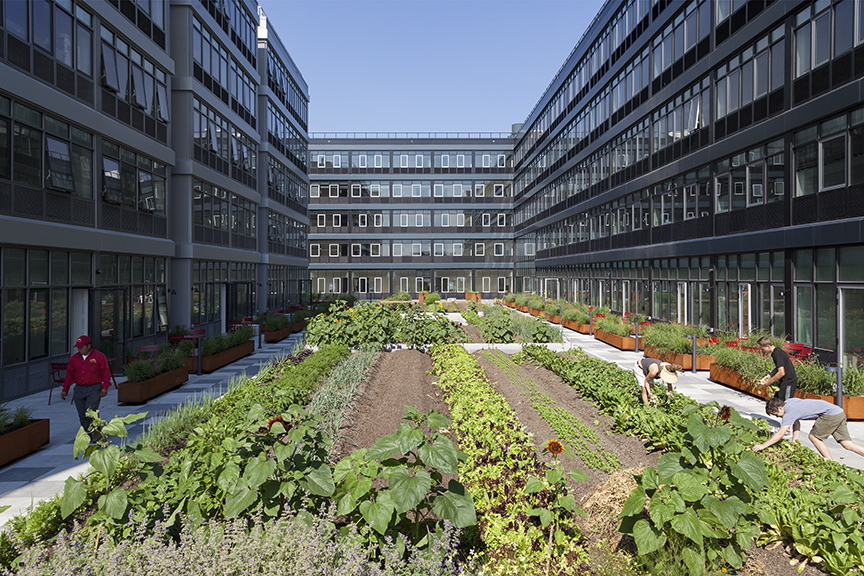
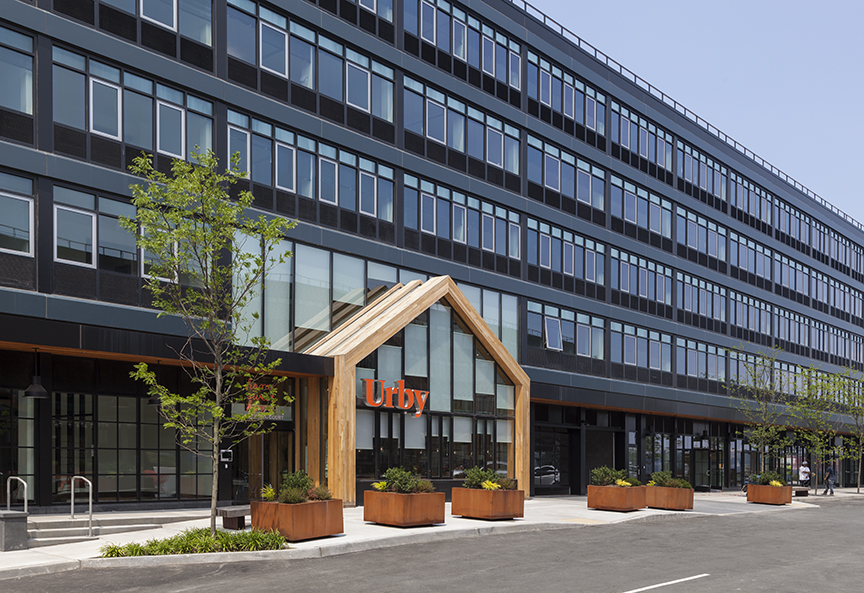
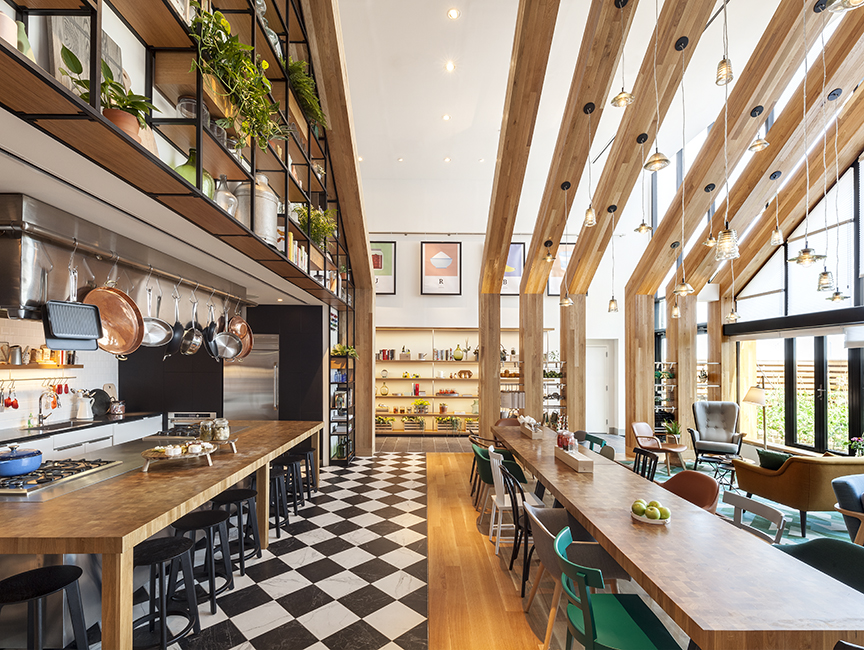
Photos courtesy of Ewout Huibers
Residence 2680 – San Francisco, CA
Located in the prestigious Pacific Heights neighborhood, Residence 2680 is the largest single-family home renovation that is built to Passive House standards with Home Platinum LEED certification in San Francisco. Developed by Troon Pacific and built to strict sustainability standards, naturally sourced, low-chemical producing materials like wood, stone and glass were incorporated throughout the home.
“We believe in the inspirational power of natural beauty and use principles of biophilic design throughout our homes to uplift our spirits and enhance health and wellness in the urban environment,” says Gregory Malin, CEO of Troon Pacific. Gregory Malin.
With mental and physical wellness in mind, Troon Pacific incorporates a variety of design features, such as Zen wellness gardens, retractable skylights to provide natural ventilation and clean air, rain chains for natural water filtration, landscaped roof decks, saunas, steam rooms and more.
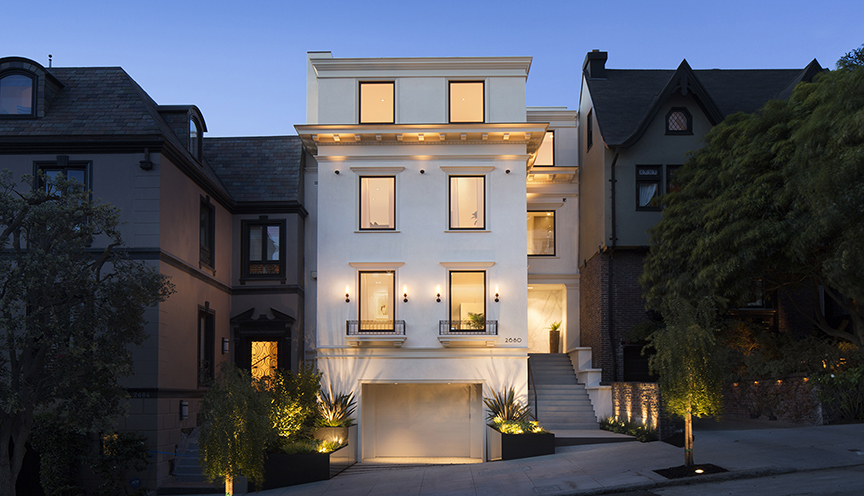
Photo courtesy Troon Pacific.
570 Broome — SoHo, NY
570 Broome is a new 54-unit luxury boutique condominium that is the latest addition to Hudson Square, which has become a highly sought-after residential neighborhood and go-to destination for retailers, restaurants and businesses.
The material used to build the condominium is a result of a new collaboration between sintered stone slabs and Pureti, an aqueous and titanium dioxide nanoparticle-based treatment. This treatment on the surface of the building is activated through light energy to transform the moisture in the air into oxidizing agents, which destroy pollution-causing particles. For 570 Broome, this equates to taking 2,000 cars off the road for a year or the purifying power of 500 trees.
The overall architectural design references the area’s history through the large framed windows, along with the building’s silhouette evocative of staggered cubes.
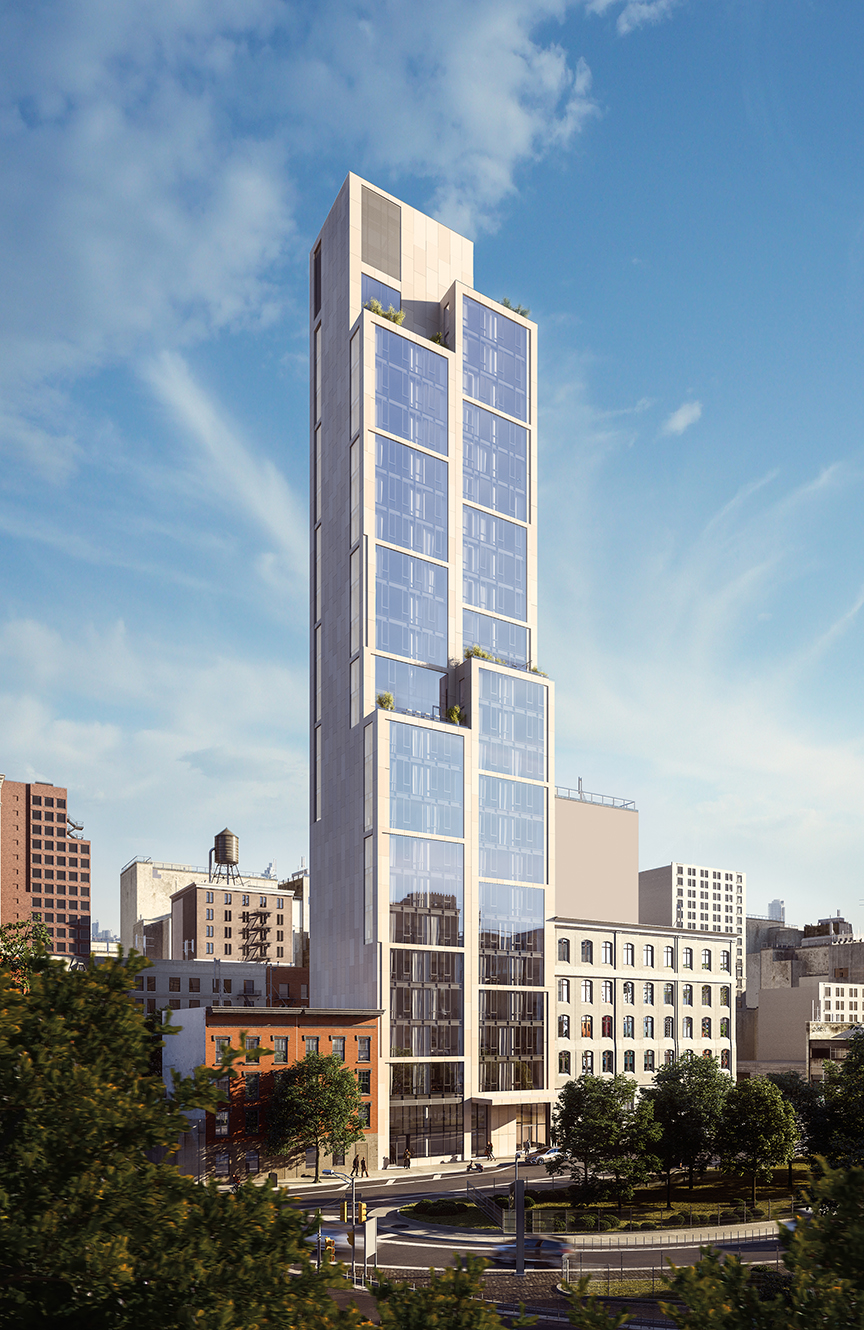
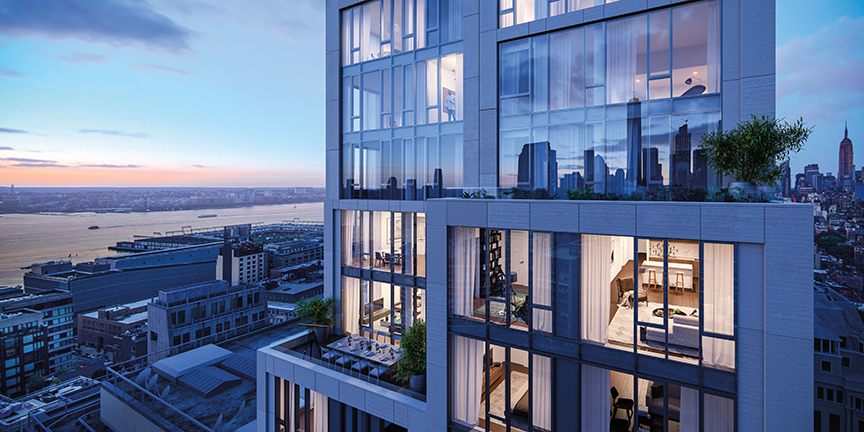
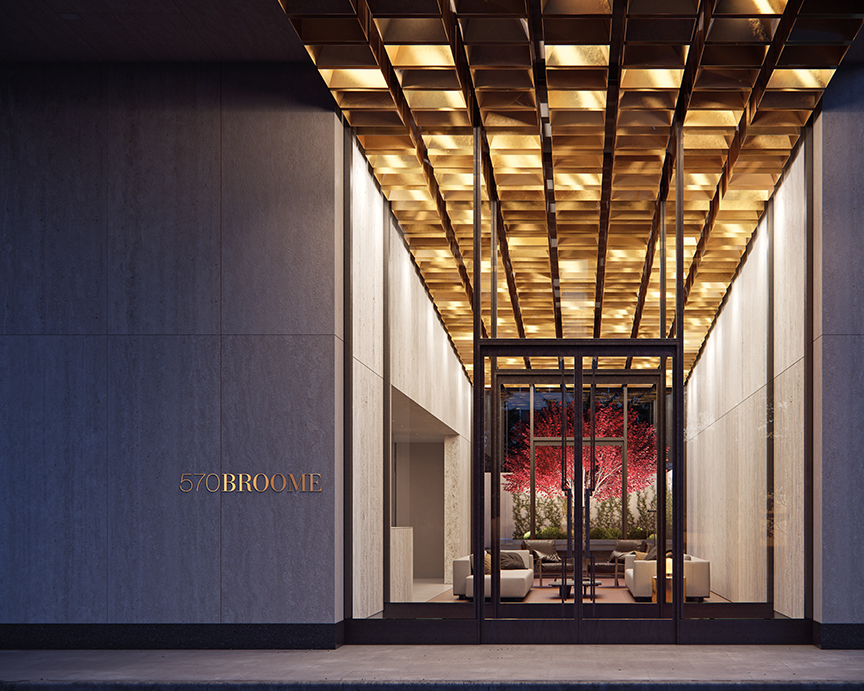
Photos courtesy Builtd.
Manitoba Hydro Place — Winnipeg, Canada
Manitoba Hydro Place offers a fully integrated design that capitalizes on Winnipeg’s abundance of sunshine and gusting winds to harness solar and wind energies. The capital “A” form of the tower comprises two wings fused at the north and splayed open to the south. This opening is filled with three, six-story stacked atria or winter gardens that act as the lungs of the building as well as 78-foot waterfalls that humidify/dehumidify incoming air.
The design is 80-percent more efficient than conventional Winnipeg buildings, making it the third most energy-efficient, large scale building in the world. It is also the first large-scale office tower in North America to be LEED Platinum-certified.
Photo courtesy Gerry Kopelow.
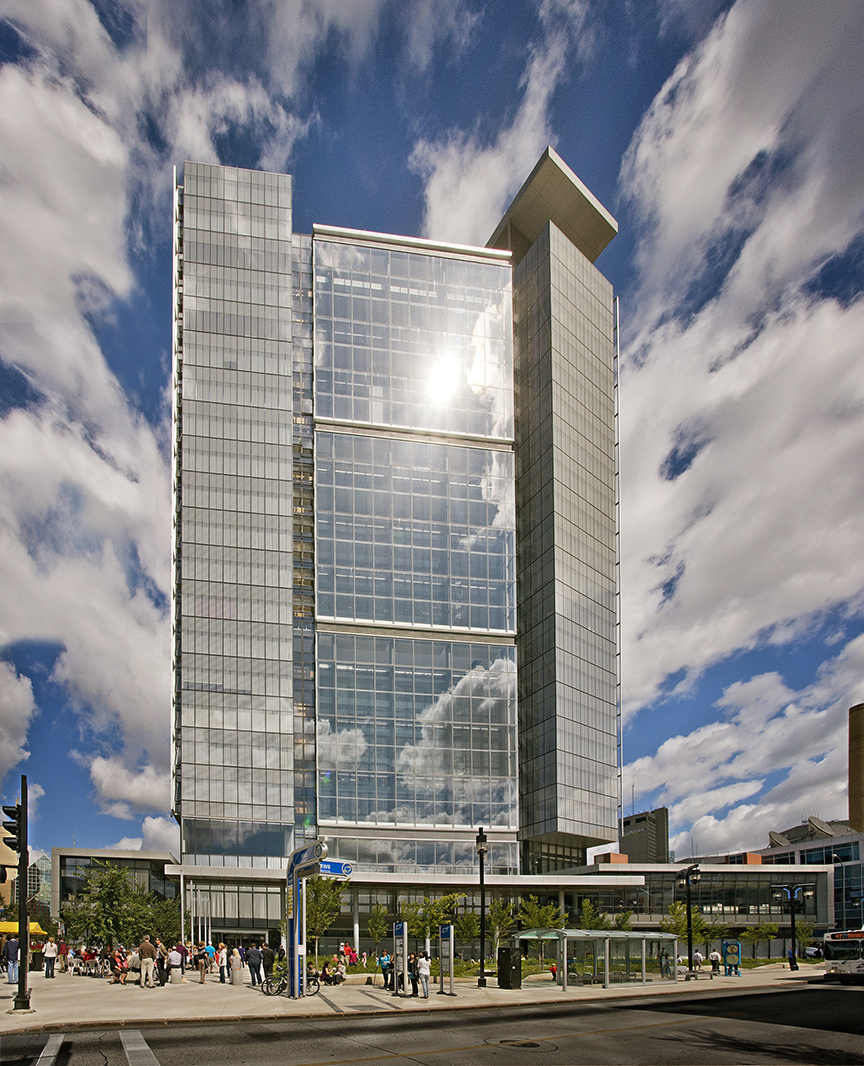
Market Square — San Francisco, CA
Market Square, a Gold LEED-certified project, was designed by BCV Architecture + Interiors with sustainability and community in mind. The two-building project transformed the dark, outdated and unused space into a cohesive part of its Mid-Market San Francisco neighborhood.
Natural and recycled materials, including reclaimed wood from one of the building’s earlier additions, are used throughout. Market Square merges state-of-the-art office space with an integrated ground floor community featuring the best of San Francisco’s food and retail purveyors. BCV Architecture + Interiors view sustainability through a myriad of lenses and considers the ethical, cultural, social, economic and historical implication of a project in addition to the technical solutions.
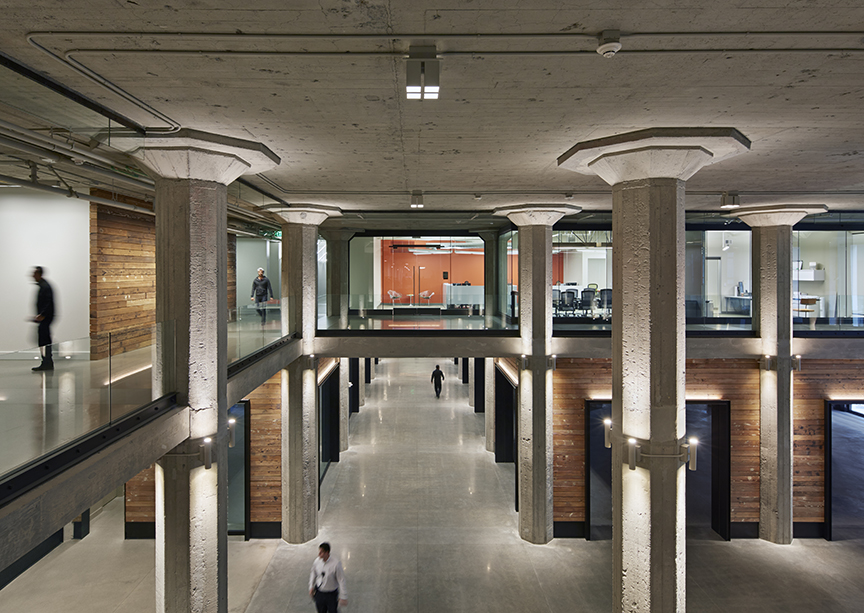
Photo courtesy Bruce Damonte.
12 Warren — Tribeca, NY
12 Warren is a boutique residential condominium nestled in Tribeca developed, designed and constructed by DDG. This development features a hand-laid façade and is an impressive addition to one of Manhattan’s most desired residential neighborhoods.
12 Warren is specifically designed with NYC Energy Code compliance and LEED certification in mind, targeting a Silver level LEED certification. Additional components include a green roof system, accommodating alternative transportation storage, stormwater collection and reuse, reduction of heat island effect with concrete, light grey toned pavers and landscaping elements, construction waste management and secondary tenant-controlled heating elements to reduce overall energy and electrical output. By choosing native and local materials, such as Bluestone from upstate New York, something close to home and natural, helped ensure more sustainable building practices.
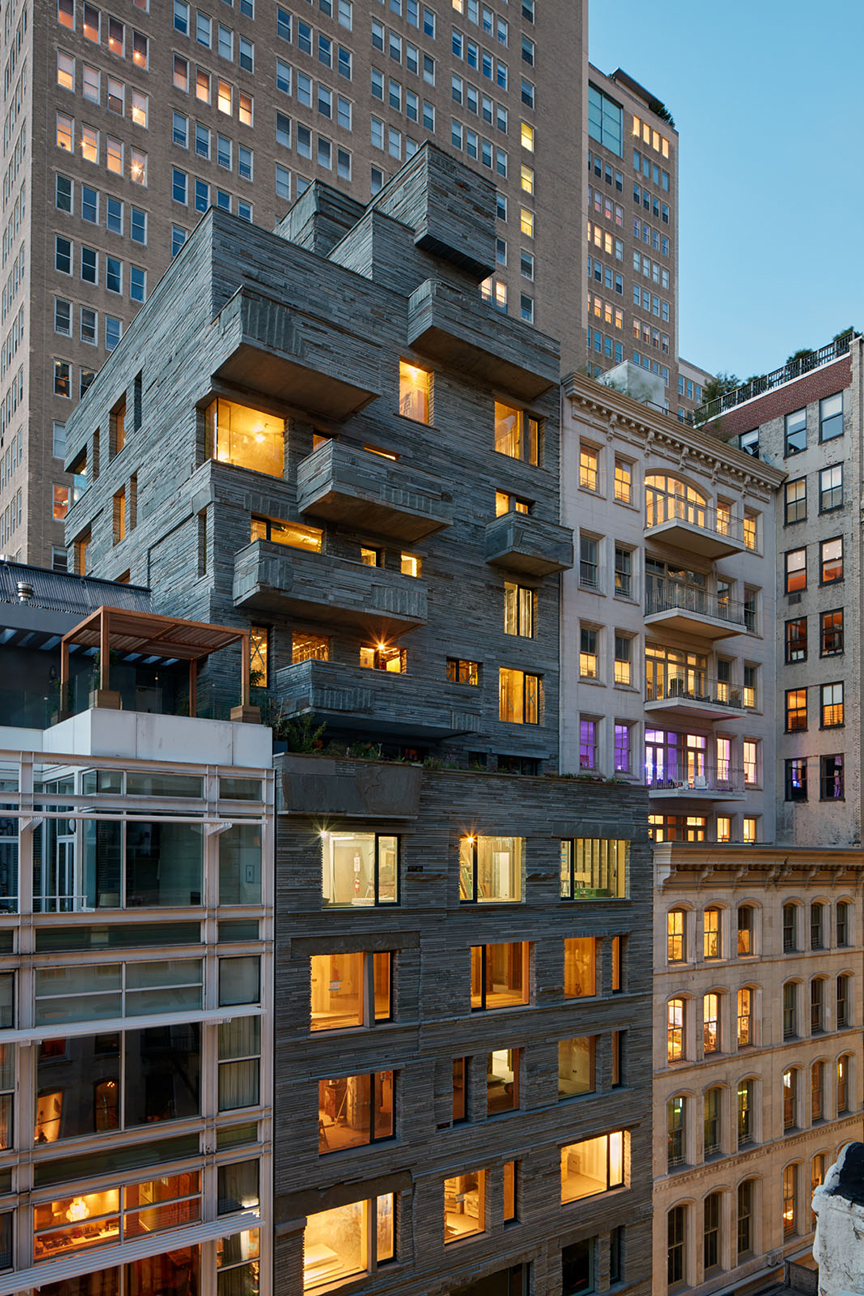
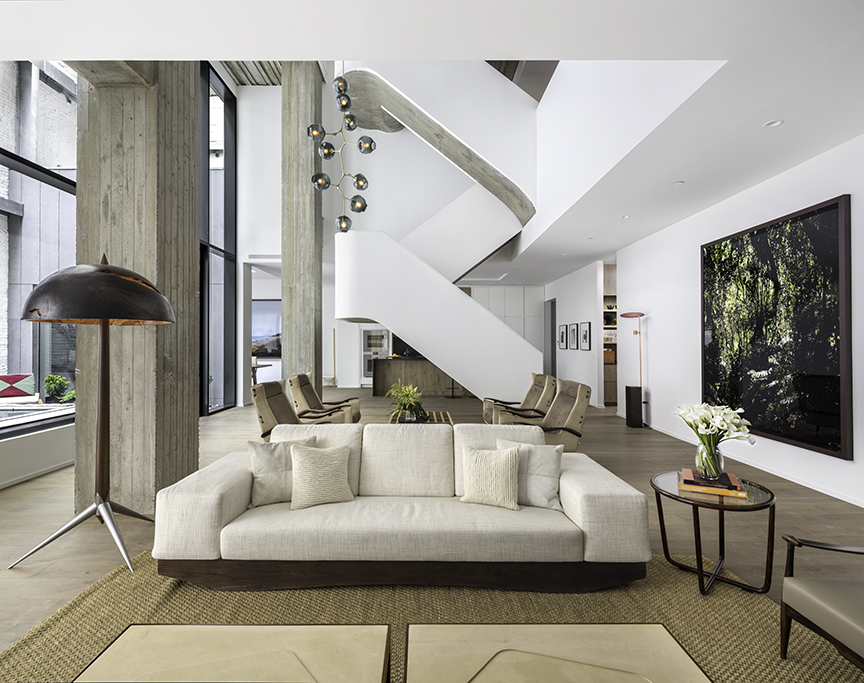
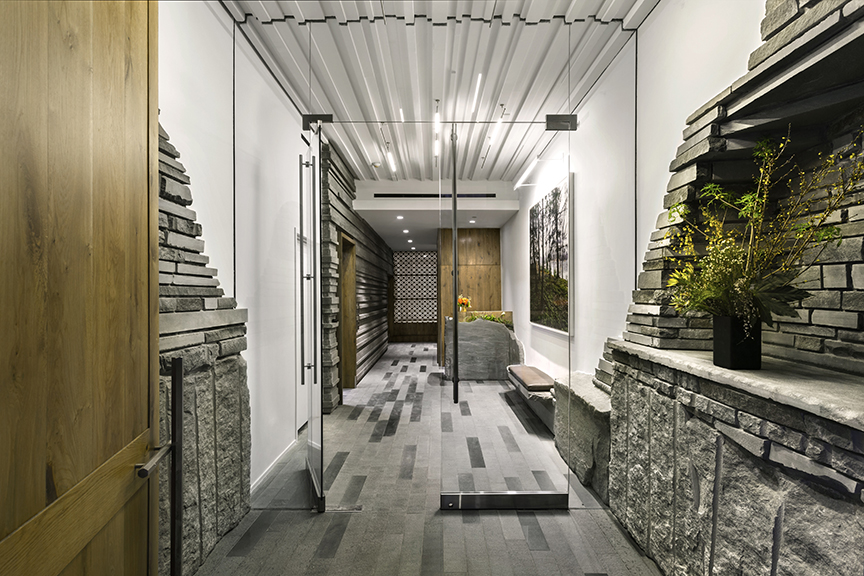
Top left photo courtesy of Bruce Damonte. Top and bottom right photo courtesy Robert Granoff.
As luxury brands like BMW and Bentley introduce electric cars, the eco-conscious car is making its way into the luxury sector.
By Alyssa Gautieri
Electric cars have long been ignored by car fanatics, who prefer traditional air-cooled engines for their powerful exhaust notes and rumble. However, high-end buyers are increasingly considering hybrid or plug-in vehicles as the trend toward sustainability skyrockets and more luxury electric cars are produced.
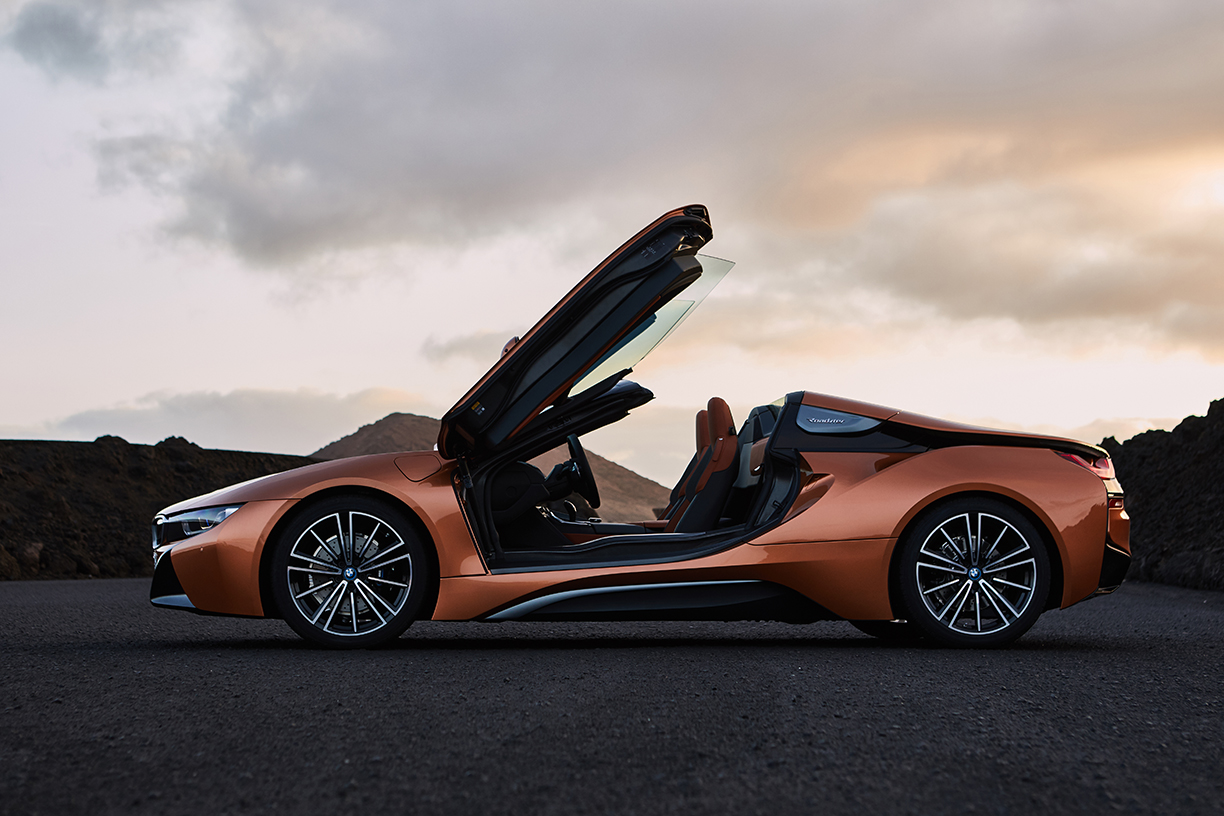
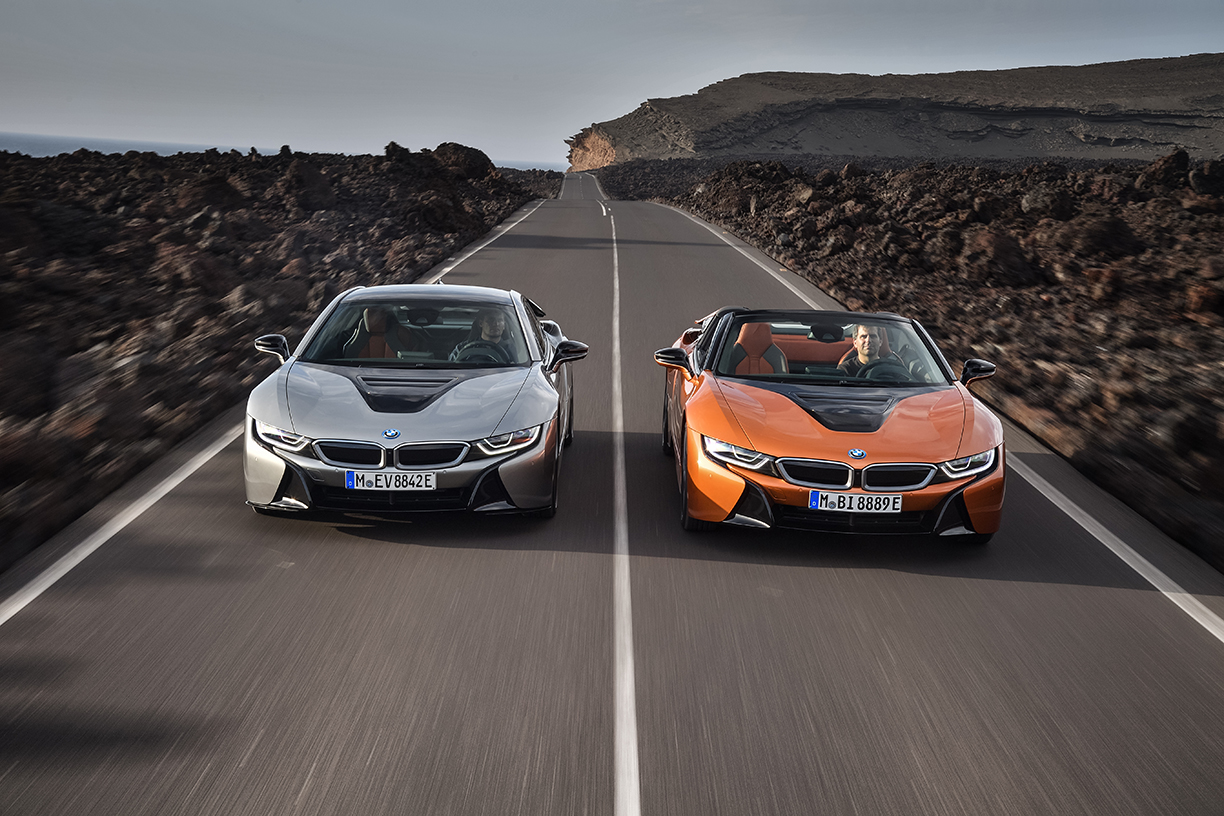
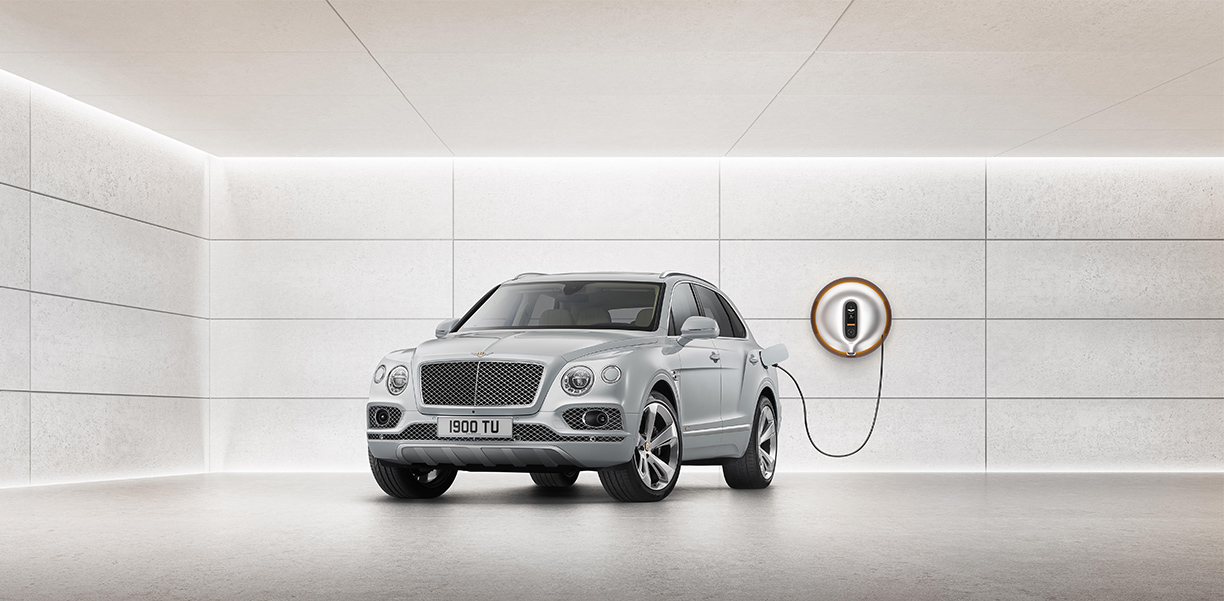
In recent years, car companies have failed to acknowledge that wealthy car buyers admire electric power, according to Bloomberg.
Additionally, a new generation of car buyers are entering the market as more millennials begin to purchase cars. At the annual Geneva Motor Show in March, Bentley Motors Ltd.’s new chairman and CEO Adrian Hallmark noted that young drivers care about sustainable and ethical transportation more than buyers have in the past, Bloomberg reports.
“If you look at millennials or the younger generation, there does seem to be more thoughtfulness about what kind of mark you leave on the planet — more so than a decade ago,” Brinley says, as reported by Bloomberg. “As we move forward in the luxury landscape, for this type of buyer, having one in your garage will be crucial.”
Also at the Geneva Motor Show, Bentley introduced the 2019 Bentley Bentayga hybrid luxury SUV, which is the brand’s first steps toward electrification and the world’s first luxury hybrid model.
Merging effortless performance on the open road and silent, emission-free driving in the city, the new plug-in hybrid model will be the company’s most efficient model ever with CO2 emissions of 75 g/km.
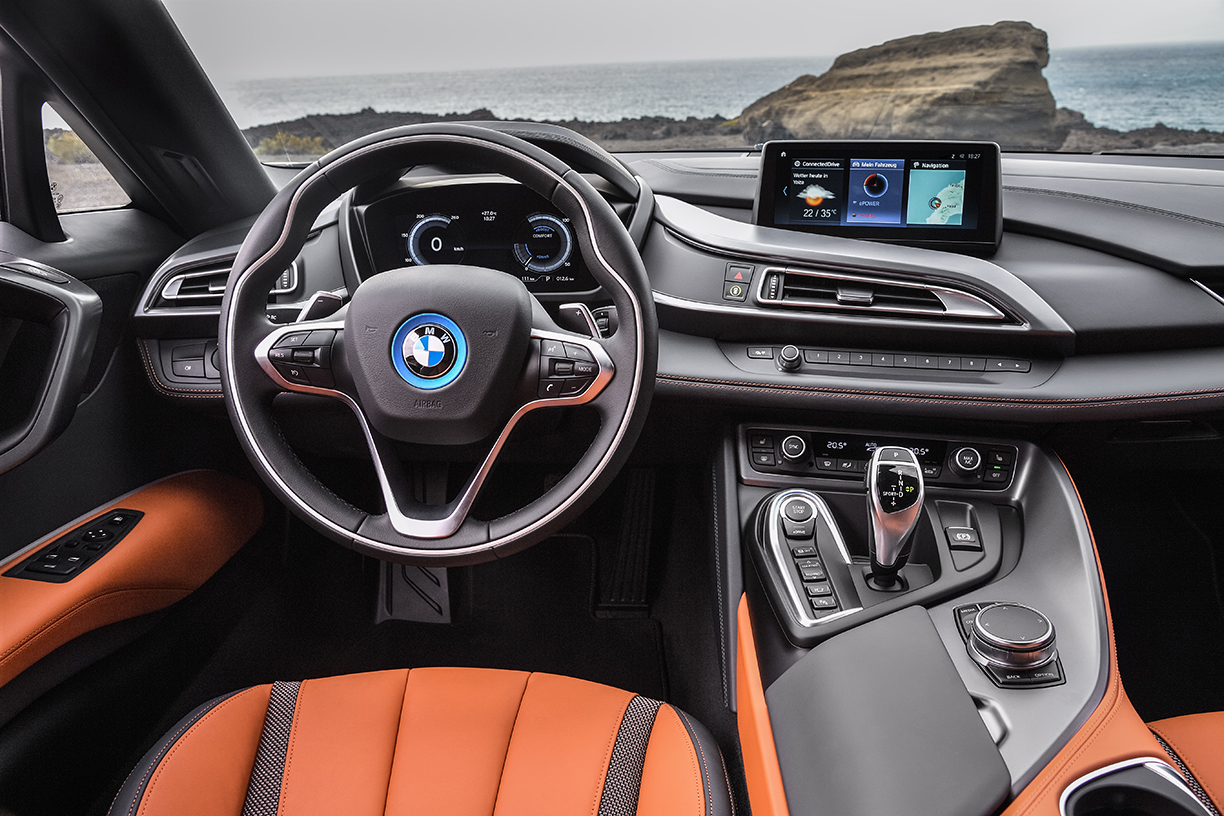
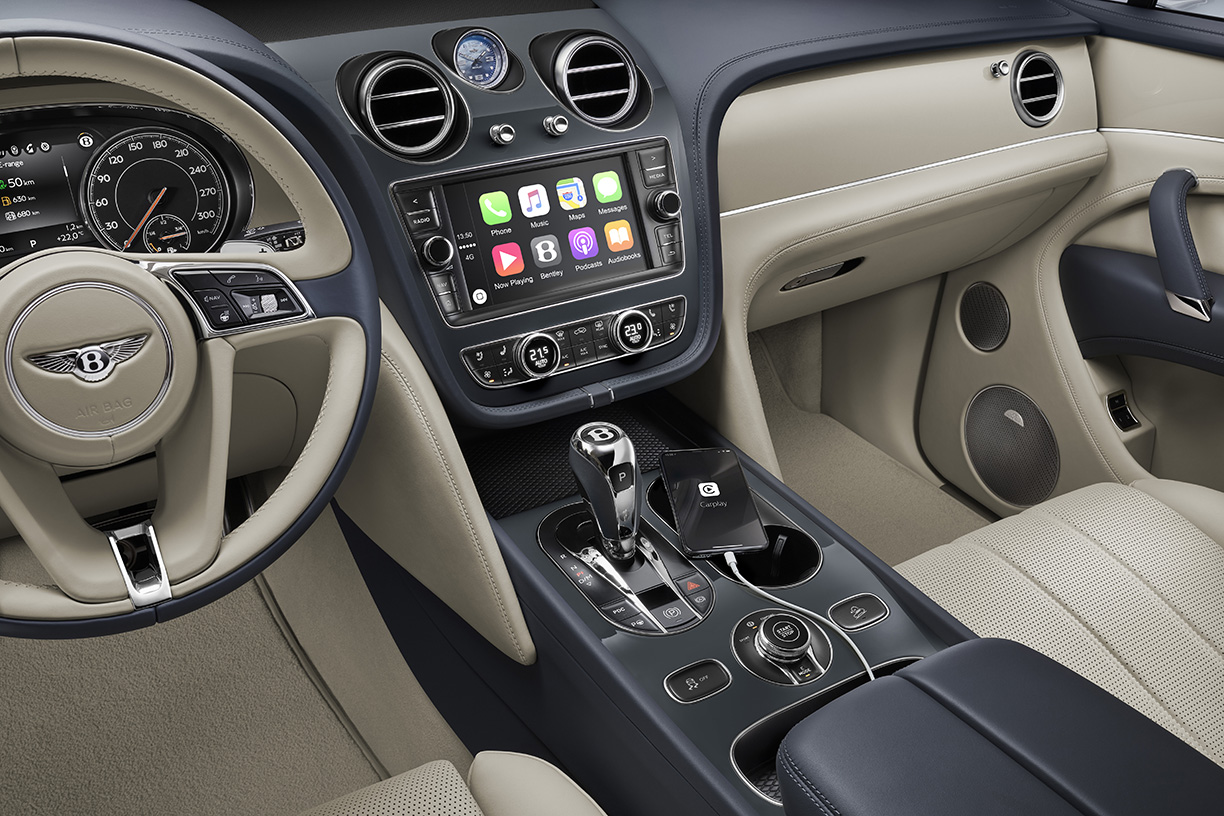
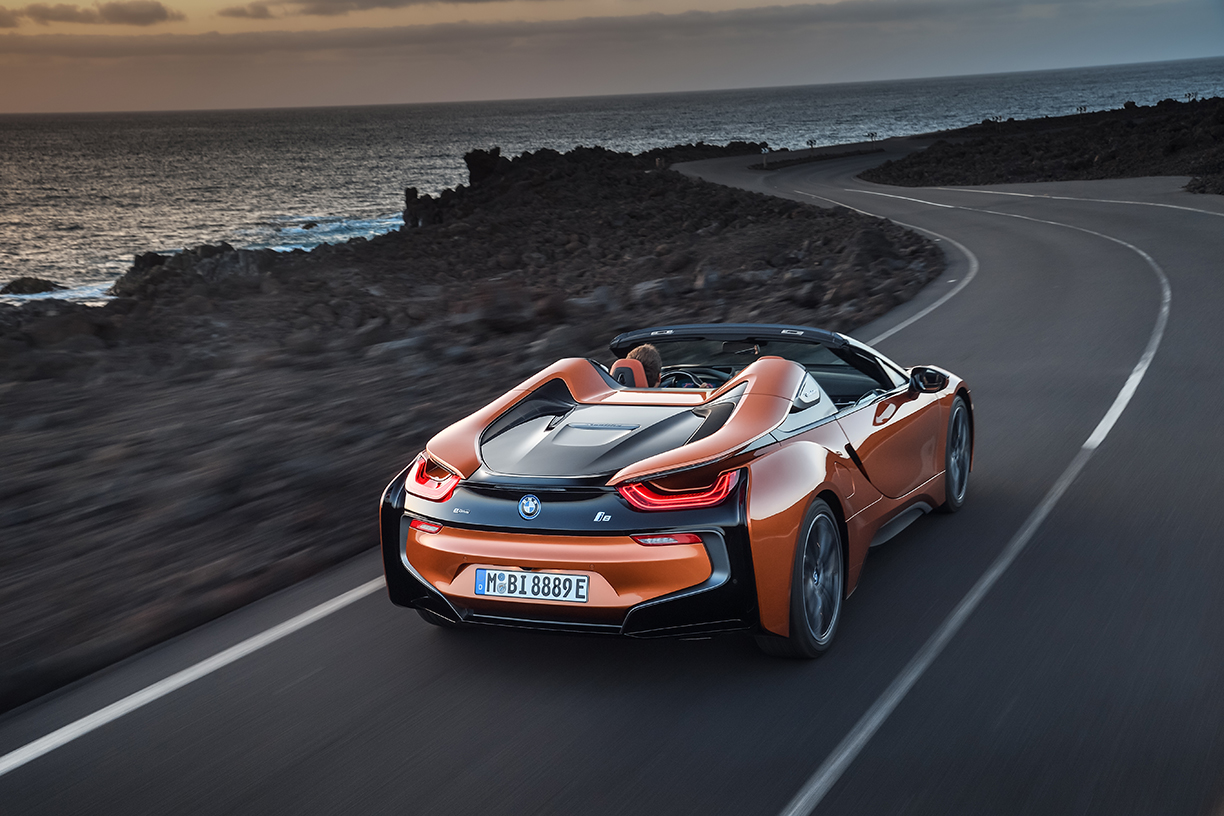
BMW has also introduced the first-ever BMW i8 Roadster. The BMW i8 Roadster, which is virtually silent and has zero CO2 emissions, can cover up to 18 miles in purely electric driving.
Combining locally emission-free mobility and high-caliber performance, the Roadster is among the first fully viable, high-performance plug-in hybrid electric cars, according to Bloomberg.
Bentley and BMW are only two of the many prestigious car brands that are now producing electric, energy-efficient cars. As a generation of young people continue to prioritize green efforts, the electric car may begin to dominate the luxury sector within the next 10 years.
Photos courtesy of BMW and Bently
A partnership between Duravit and Studio 804 will help to pave the way toward a more innovative, accessible and sustainable world of design.
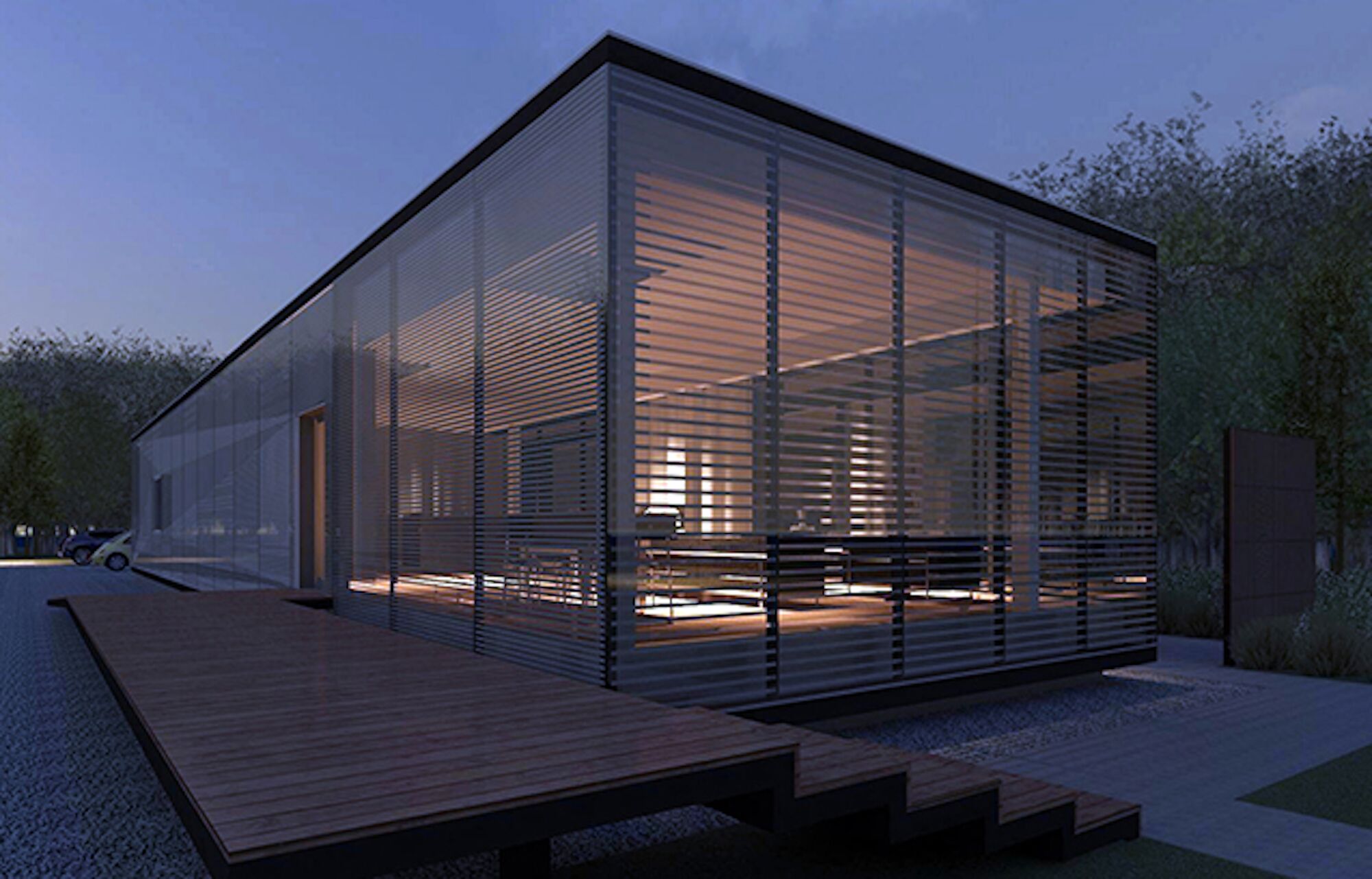
Rendering of the 2018 Studio 804 house
Duravit has joined forces with Kansas-based Studio 804, Inc. to promote the benefits of innovative, adaptive architecture and design. Studio 804, Inc. is a not-for-profit that annually builds and designs a home that represents sustainable, affordable, and inventive building solutions. Duravit will donate a variety of bathroom product for the 2018 house, highlighting the impact of forward-thinking, modern bathroom design.
“Our partnership with Studio 804 is a testament to the value of their program,” says Duravit USA President Tim Schroeder. “The effort, research, and care that goes into every Studio 804 project is something Duravit is incredibly proud to be involved with, while the company’s goal to create thoughtful, sustainable design aligns with our own core values.”
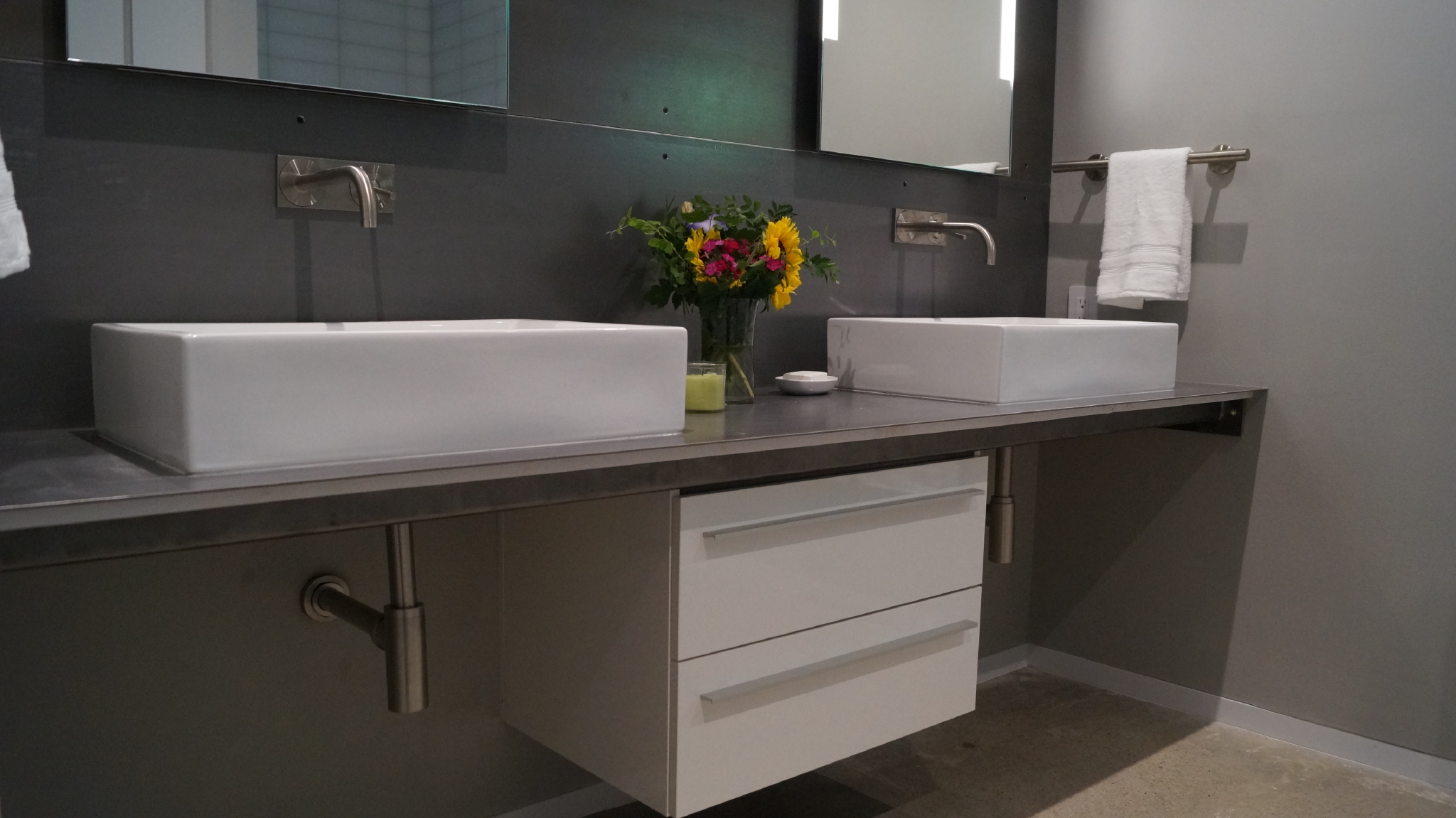
Duravit X-Large Vanity in Studio 804 Bathroom
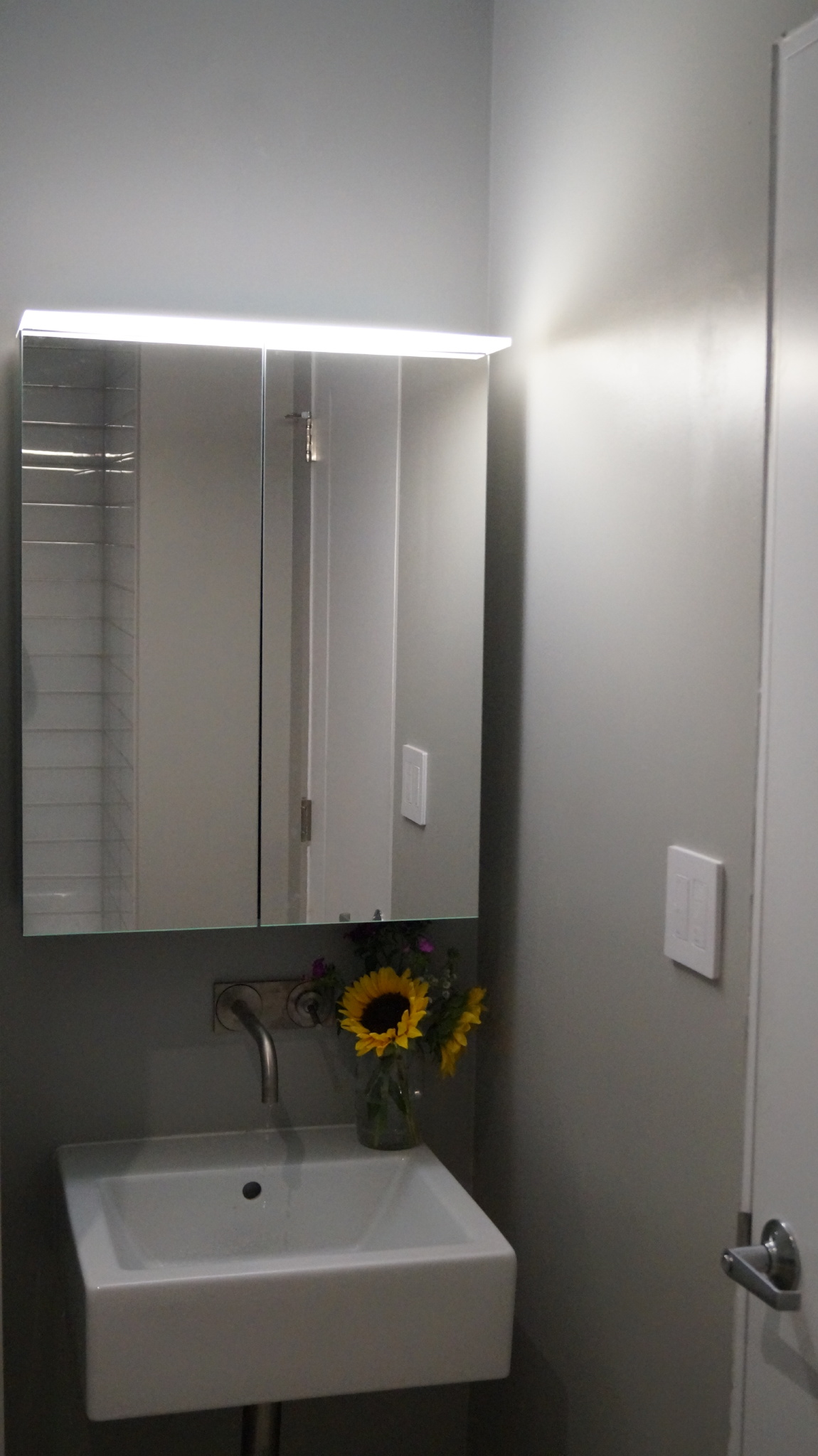
Duravit’s Darling New Mirror
Duravit will donate product to correspond with the project’s modern design and accessible features. Signature collections, including Darling New, X-Large and Delos, will be on display. Featured items include:
X-Large wall-mounted vanity: Offering plenty of storage space and subtle elegance, the X-Large vanity unit combines function with form. Perfect for small spaces, X-Large highlights maximized storage, accessibility and sleek design solutions.
Delos Mirror cabinet: Designed by EOOS, the Delos mirror cabinet utilizes innovative, non-glare LED technology and modern, minimalist forms to deliver a design-centric mirror with storage and technical solutions in mind.
“Duravit has been an ideal partner for Studio 804 throughout the years,” says Dan Rockhill, a professor within the school of architecture at University of Kansas. “The brand’s focus on innovative, lasting design matches our goals in addressing today’s evolving housing needs and shifting lifestyles.”
The 2018 house will be adjacent to Brook Creek Park in Kansas, situated to maximize views of the natural landscape. The house was designed with an open-space, flexible floor plan in mind to accommodate a variety of living situations and varying needs of the inhabitants. The project consists of both a 1,500-square-foot main house and a 500-square-foot dwelling unit, allowing for greater flexibility and multiple, adaptable living situations. Following in the footsteps of previous years, students will aim for an eleventh LEED Platinum building by limiting their impact on the environment and utilizing advanced building technologies.
Studio 804 is expected to reveal their 2018 housing project in May 2018.
Photos courtesy of Studio 804, Inc.
As concerns for the environment grow, tiny homes have emerged as an earth-friendly alternative to traditional homes.
By Stacey Staum
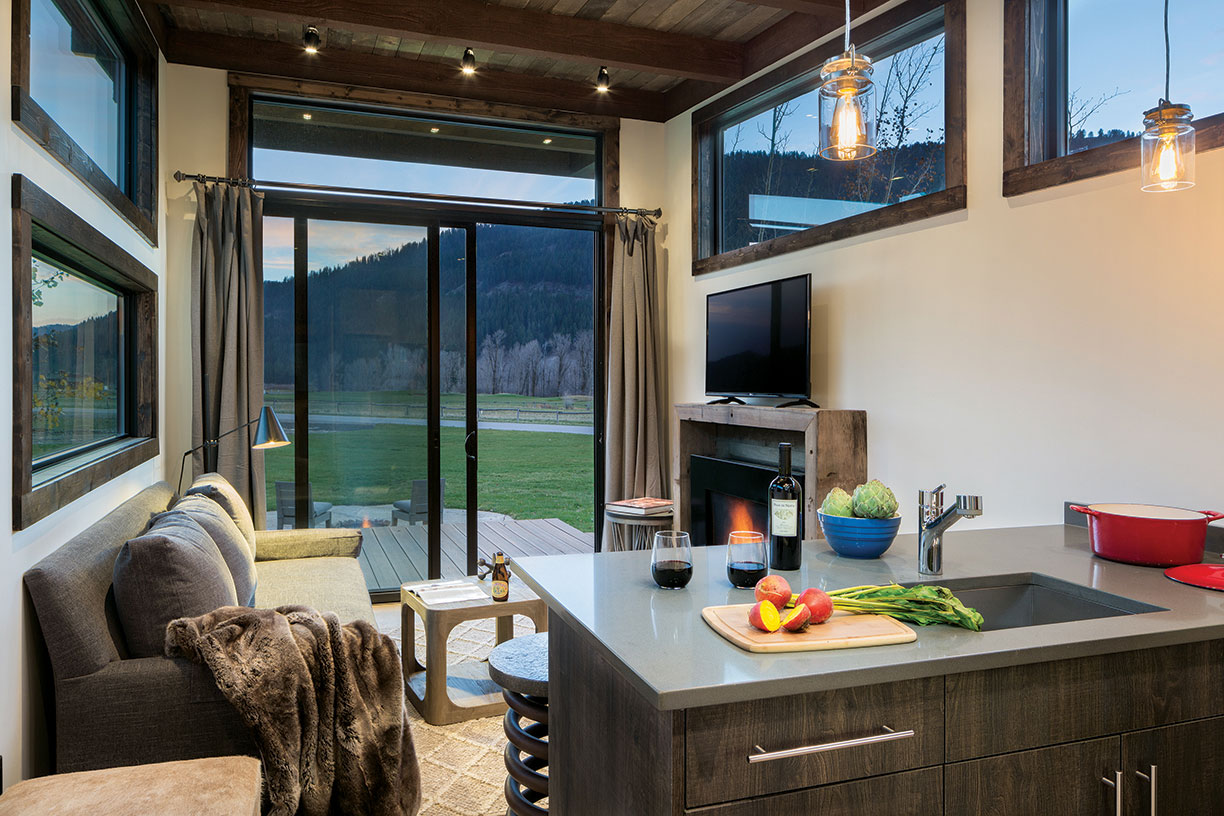
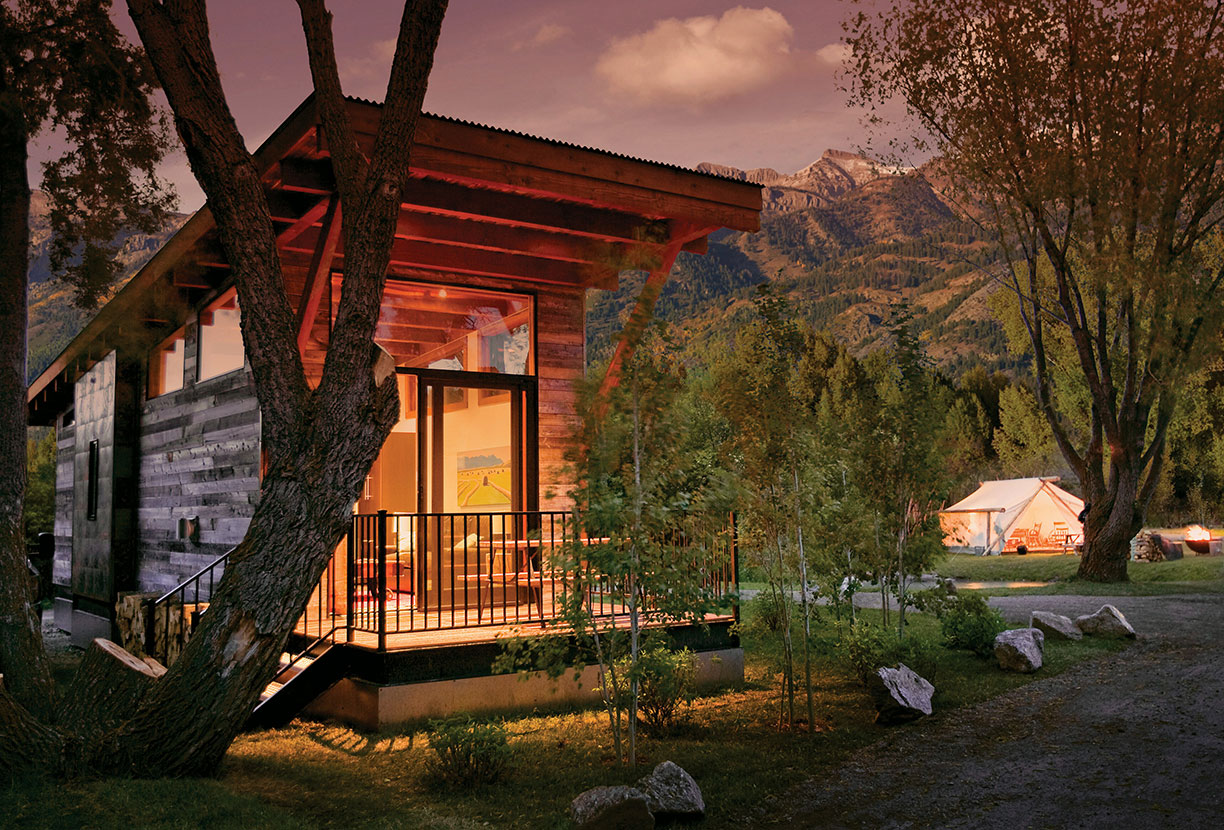
In years past, the motto has been “the bigger the better.” The idea lent itself to every part of life, especially in the square footage of a luxury home. But as modern homeowners become increasingly aware of environmental issues, a new trend is emerging:
tiny homes.
Tiny homes can be as small as 200 square feet, and provide homeowners with a significantly smaller carbon footprint than traditional homes. Features like solar power, water catchments systems, and composting toilets have made tiny homes the premier housing option for an environmentally conscious lifestyle, and the luxury market is embracing this movement.
Jason Francis, co-founder and president of Tiny Heirloom in Portland, Oregon, has brought high-end materials and amenities to the forefront of his designs. Francis explains, “We take pride in starting each project with a blank page and assuming everything is possible until proven otherwise.” Tiny Heirloom’s projects have included an $8,000 toilet, a $40,000 custom sculpted rock wall, Jacuzzi tubs, and rooftop decks, all incorporated into tiny home designs.
In a tiny home, it is of the utmost importance that all of the area is well utilized. “Using the space effectively is absolutely crucial. To do this well, we start with the right mindset. Every square inch is valuable space that can’t be wasted. When we have this truth in mind, we look at the design differently and begin to think outside the box of ways to maximize space and use or create dual purpose features wherever possible,” Francis says.
Part of the excitement of building a tiny home is deciding where to put the home once it is complete. Tiny Heirloom has finished projects in exciting locations, including the ocean shores of Hawaii and a 9,000-foot bluff overlooking the Rocky Mountains. Many tiny homes are portable, so homeowners don’t have to commit to only one location. Tiny homes offer the unique opportunity to move the home to different locations without having to pack up for a traditional move.
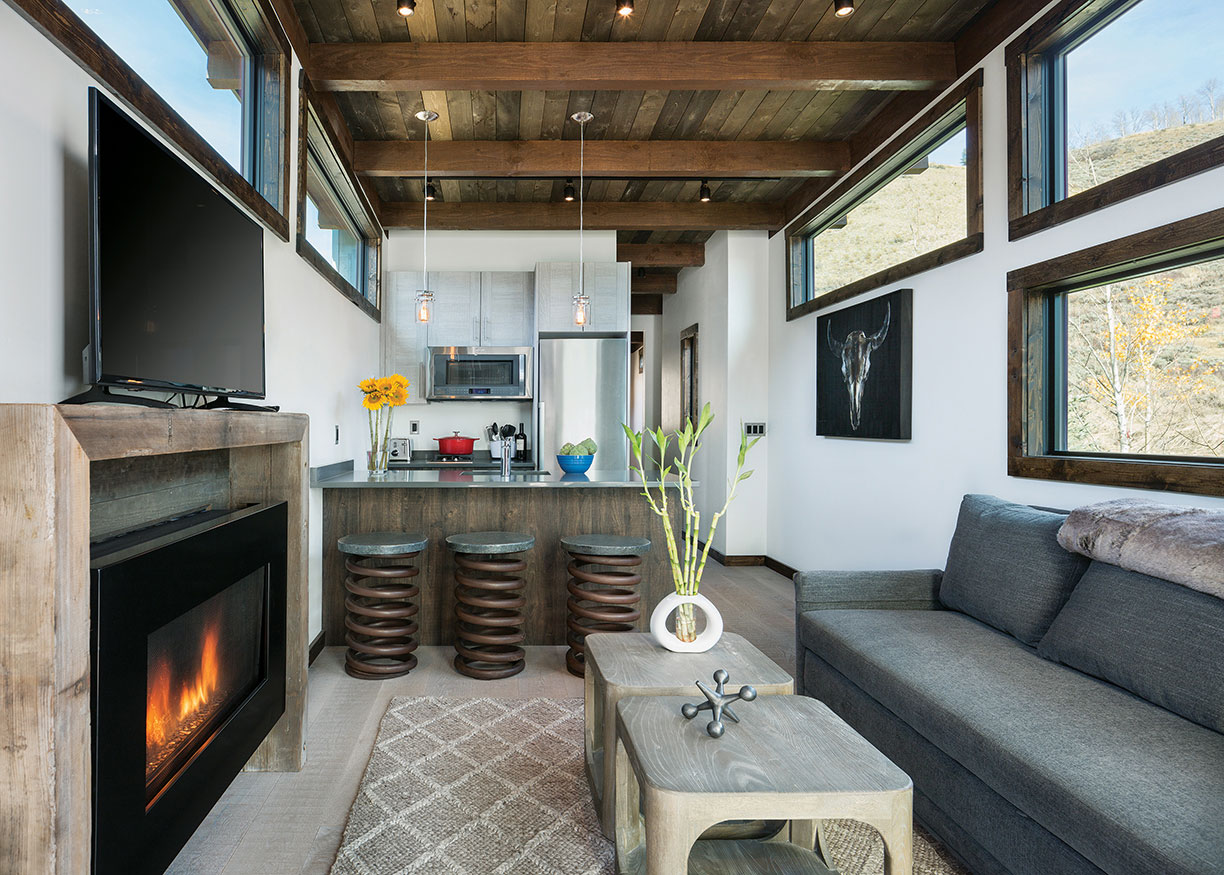
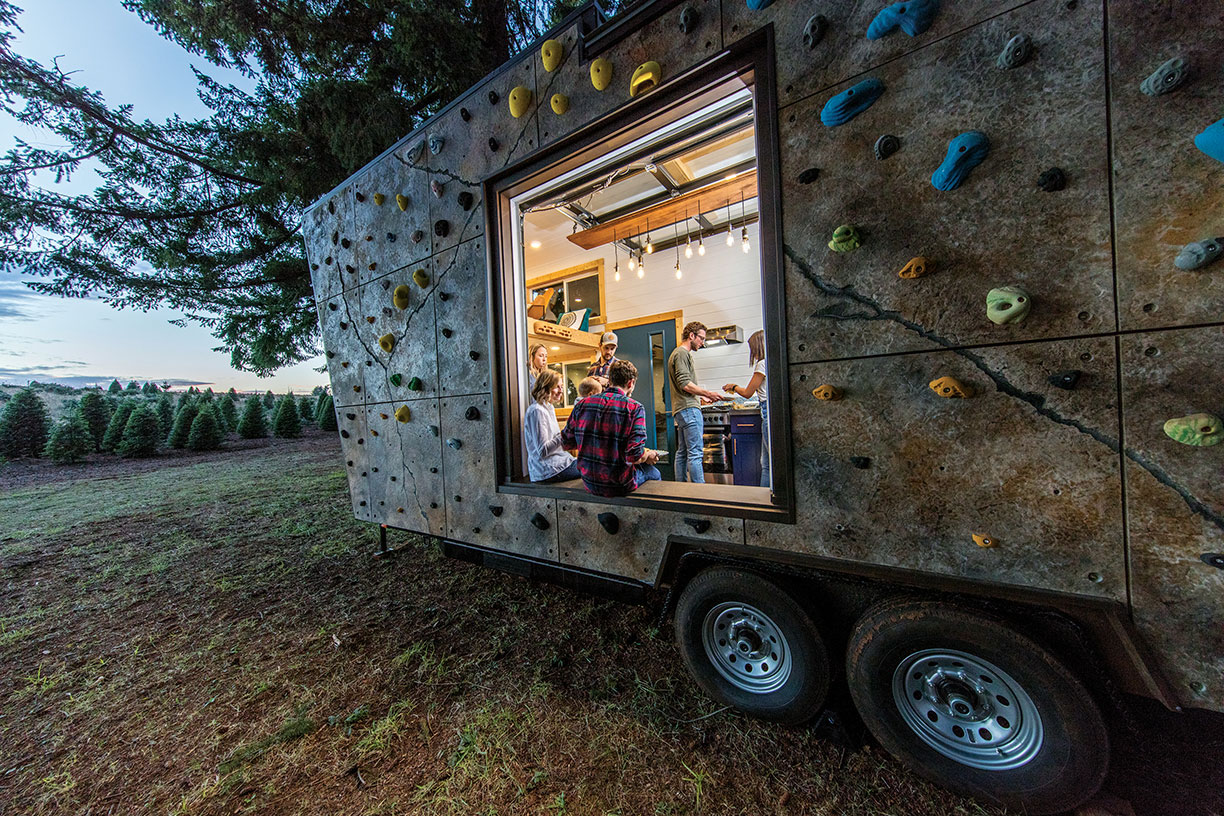
Customizations are limited only by the imagination. This home features a $40,000 sculpted rock wall on the exterior.
Wheelhaus in Jackson, Wyoming, also offers exceptional tiny home options, featuring top-of-the-line, energy-saving appliances. The company achieved a Gold standard with the U.S. Green Building Council. Sustainability is the goal at Wheelhaus, as is evidenced by its use of High-R-value insulation, windows for abundant natural light, space-saving design, and sustainable building practices. The Wheelhaus aesthetic blends rustic and modern design styles. Wheelhaus’s most remarkable model is the Stack-Haus, with a base price of $365,000 for 1,400 square feet of living space — a mansion by tiny home standards.
The future of the luxury tiny home market looks promising. Francis explains, “The idea and belief goes beyond just tiny homes. The truth is starting to spread like wildfire — that a bigger house, nicer car, and more things don’t equate to happiness. Eliminating waste and simplifying life within one’s respective means creates a lifestyle where you can truly enjoy what you do have and who is around you.”
Photos courtesy Wheelhaus
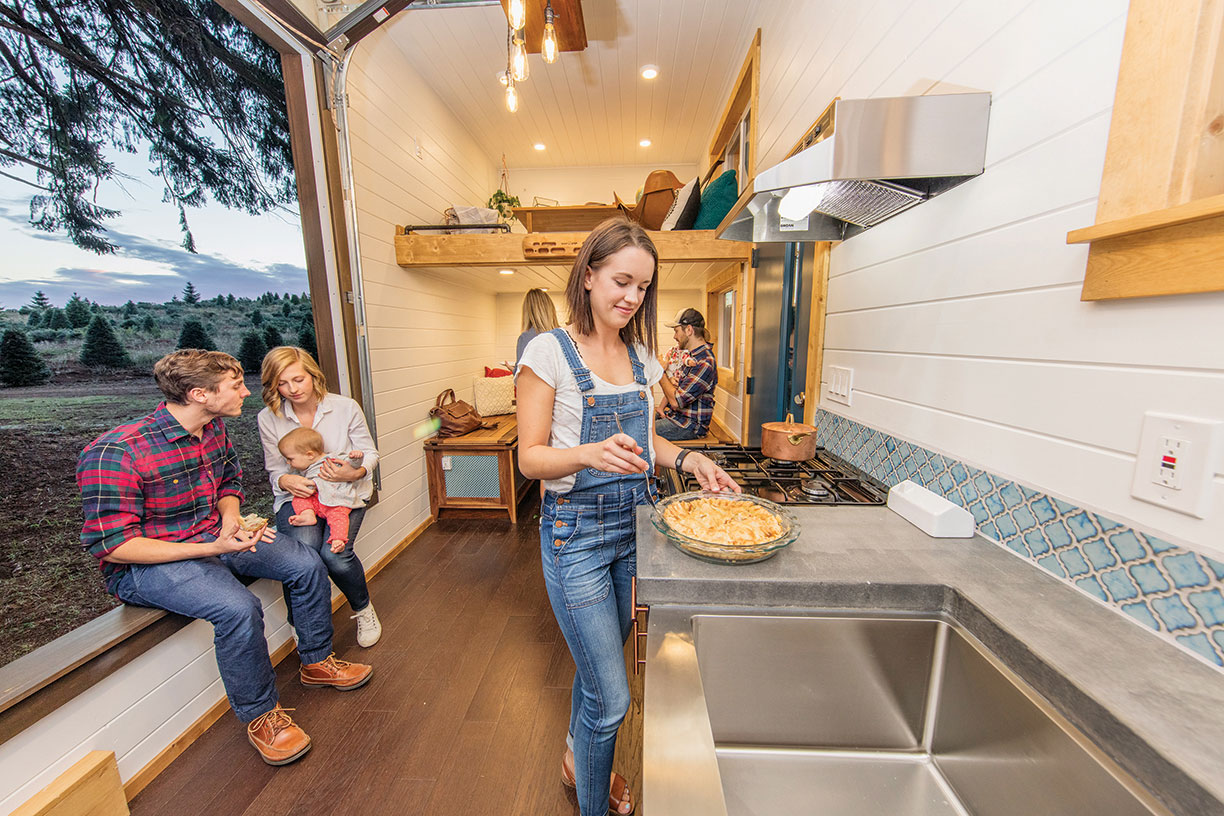
In light of the environmental climate, we’ve seen governors and business leaders from both political parties join together in support of sustainability efforts. Tourism and real estate industries are also stepping up and using their own money and resources to maintain their commitment to helping Mother Earth. Palmetto Bluff, Hualālai and Mayakoba are a few example of leading resort and real estate communities paving the way for a better future. This is how they are doing it:
Hualalai
Hualālai, a luxury oceanfront community on the exclusive Kona-Kohala Coast, offers a comprehensive conservancy program committed to sustainability.



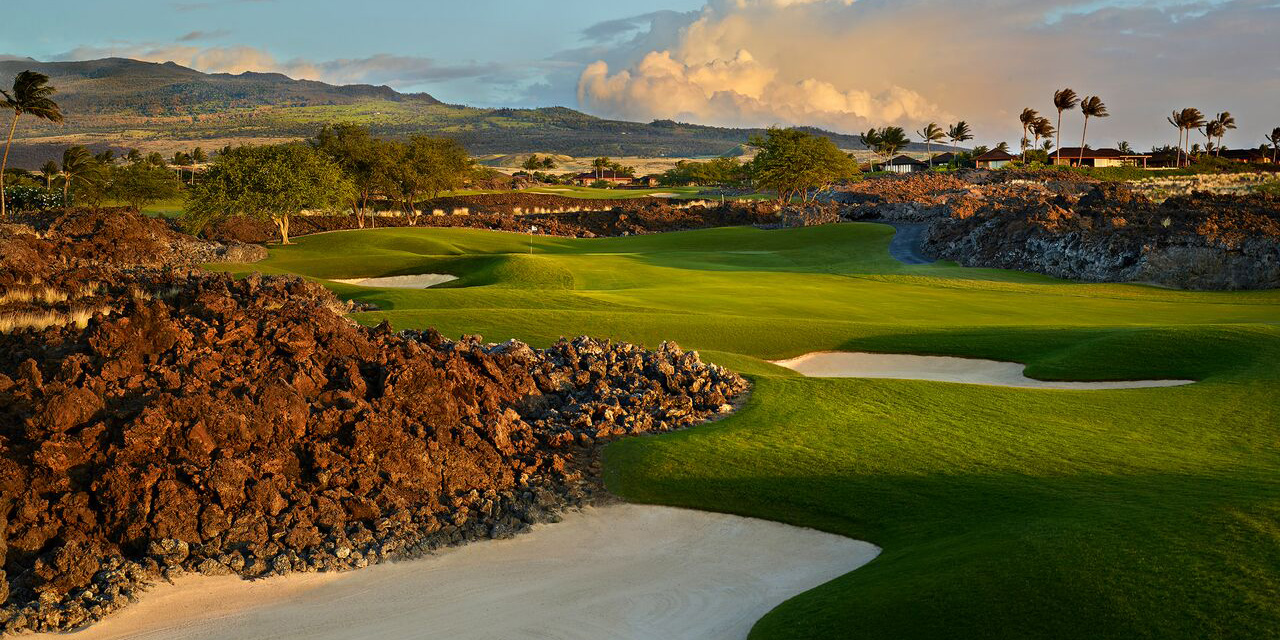
- David Chai, director of natural resources, has revitalized the area with a coastal wetland ecosystem featuring native plants, fish and wildlife.
- The Marine Life Advisory Committee manages fishery resources at the Kaʻūpūlehu shoreline.
- The Natural Resources Department at Hualālai maintains an aquaculture program to raise fresh seafood.
- The property offers interactive educational programming, including behind-the-scenes tours for guests and children.
Palmetto Bluff
Palmetto Bluff is the largest remaining waterfront property on the East Coast, a 20,000-acre nature preserve in the heart of South Carolina’s Lowcountry. When Crescent Communities purchased the land in 2000, it created the Palmetto Bluff Conservancy to ensure that the stewardship practices of previous owners were continued. Crescent set out to develop the community with one priority: preserving the unique natural environment of the property.

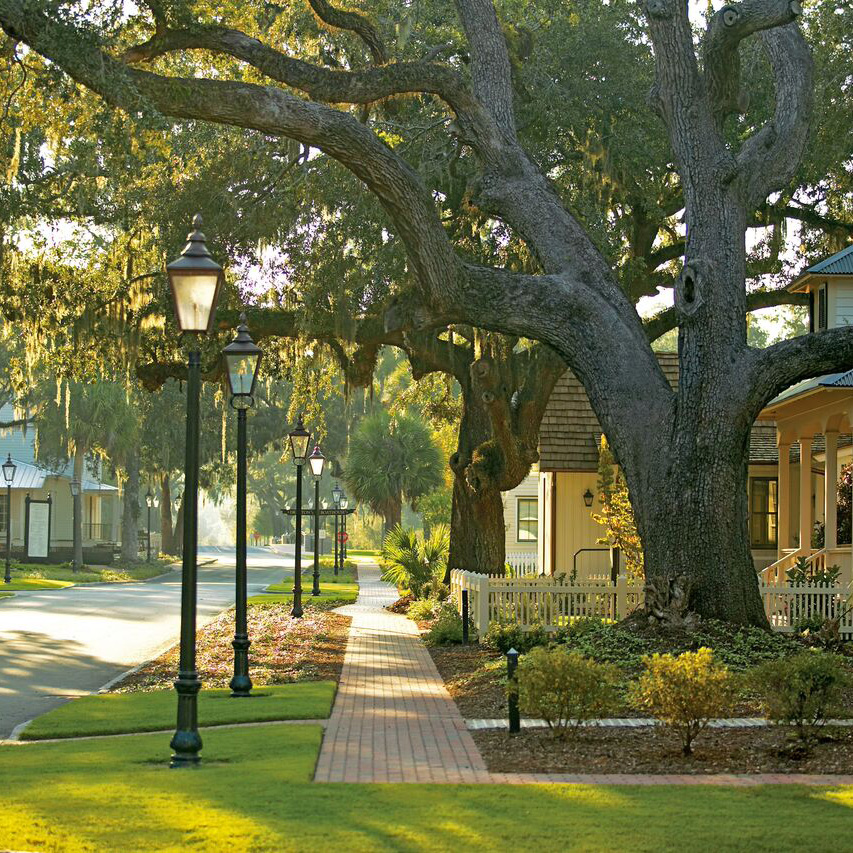
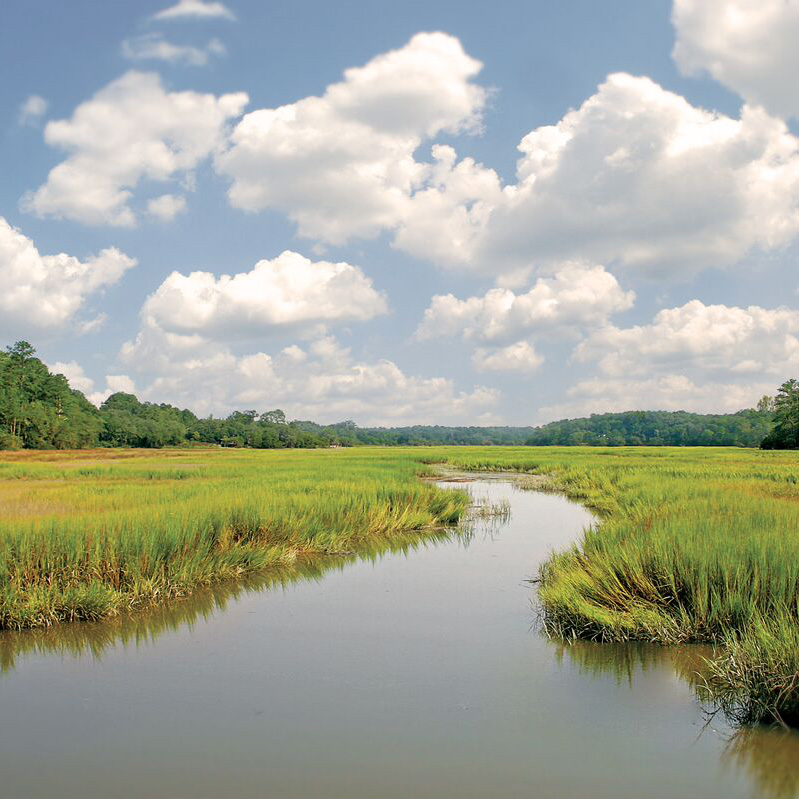
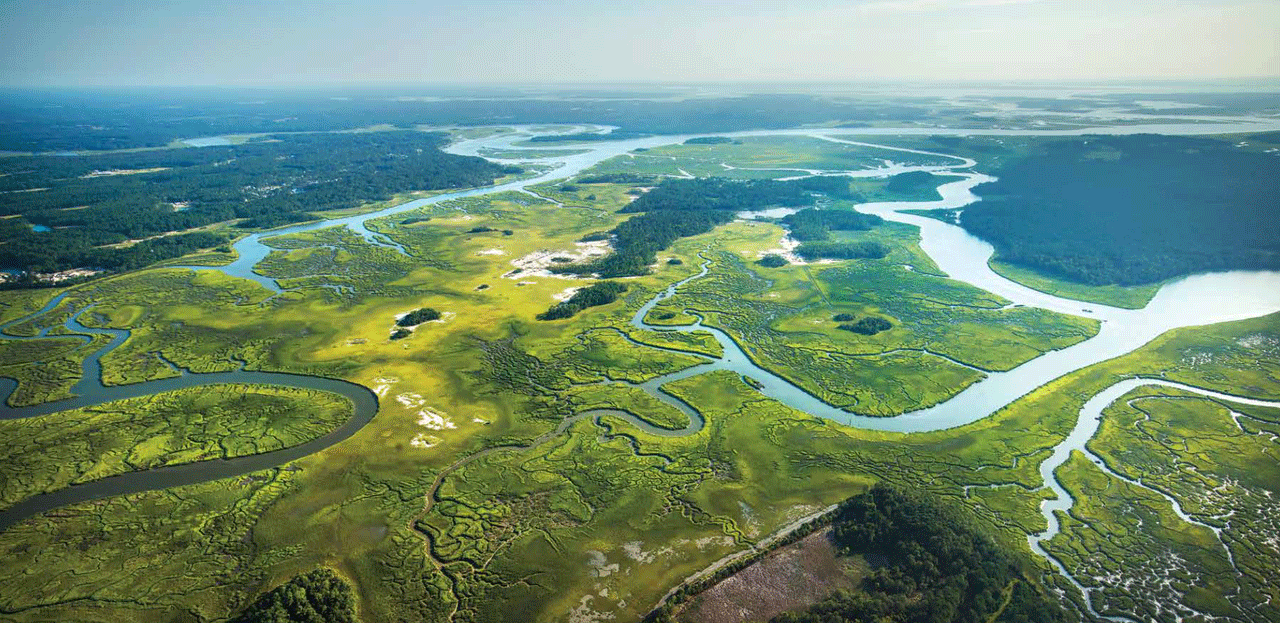
The Conservancy
- ensures the Bluff’s natural resources and vast wildlife are not only intact but flourishing.
- operates with an “anti-developer” mindset, slashing the originally planned 8,000 homes to 4,000.
- ensures a portion of all sales go to the non-profit organization.
- offers educational events for both owners and guests.
Mayakoba
Mayakoba is an eco-conscious luxury resort development amid lush mangroves lining a white-sand beach that is home to four hotels: Fairmont Mayakoba, Rosewood Mayakoba, Banyan Tree Mayakoba and Andaz Mayakoba. It has implemented significant practices to encourage sustainability.
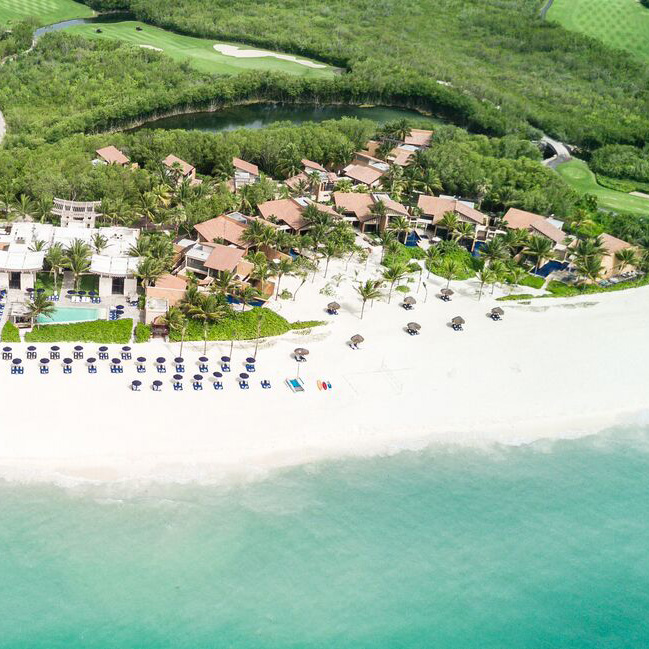
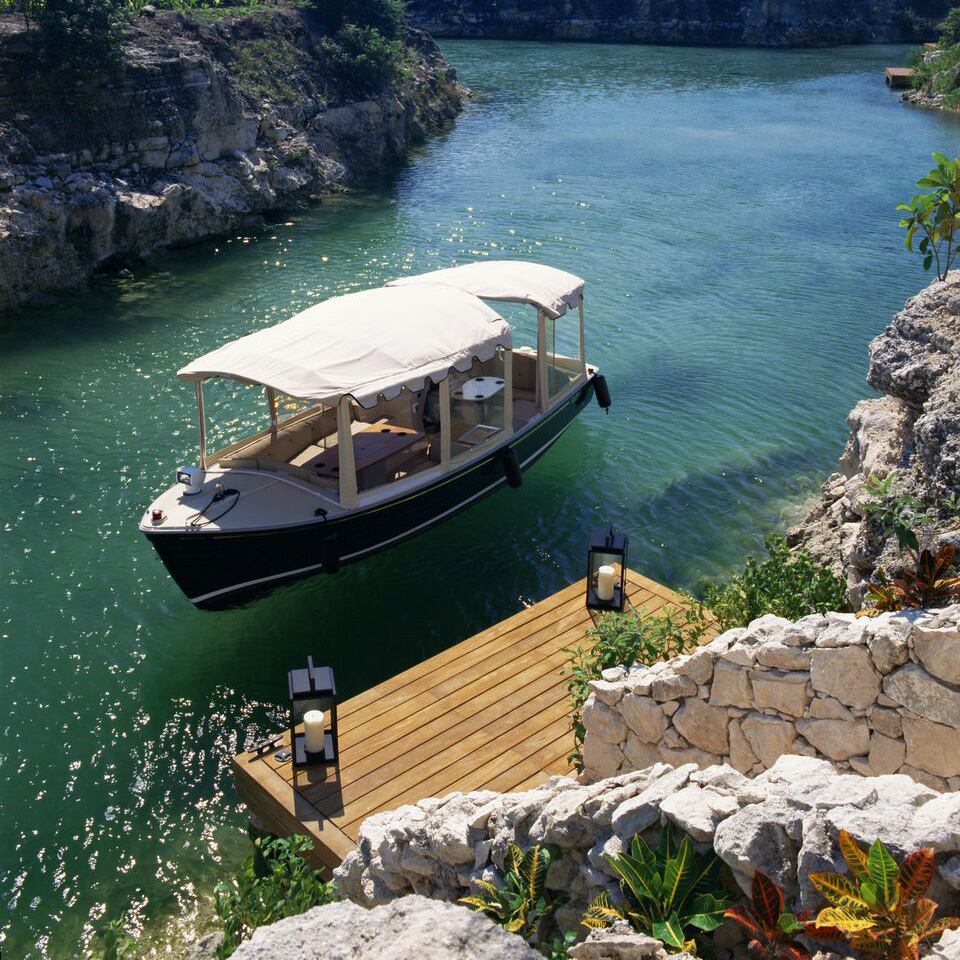
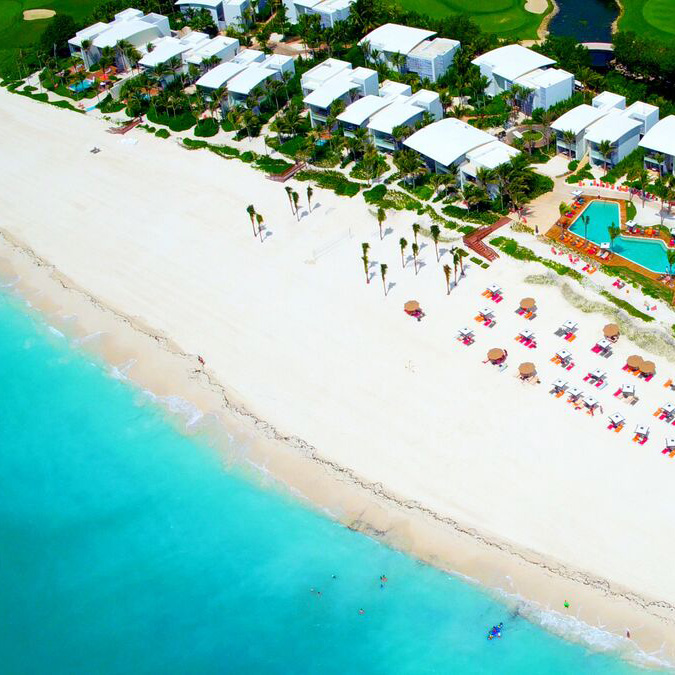
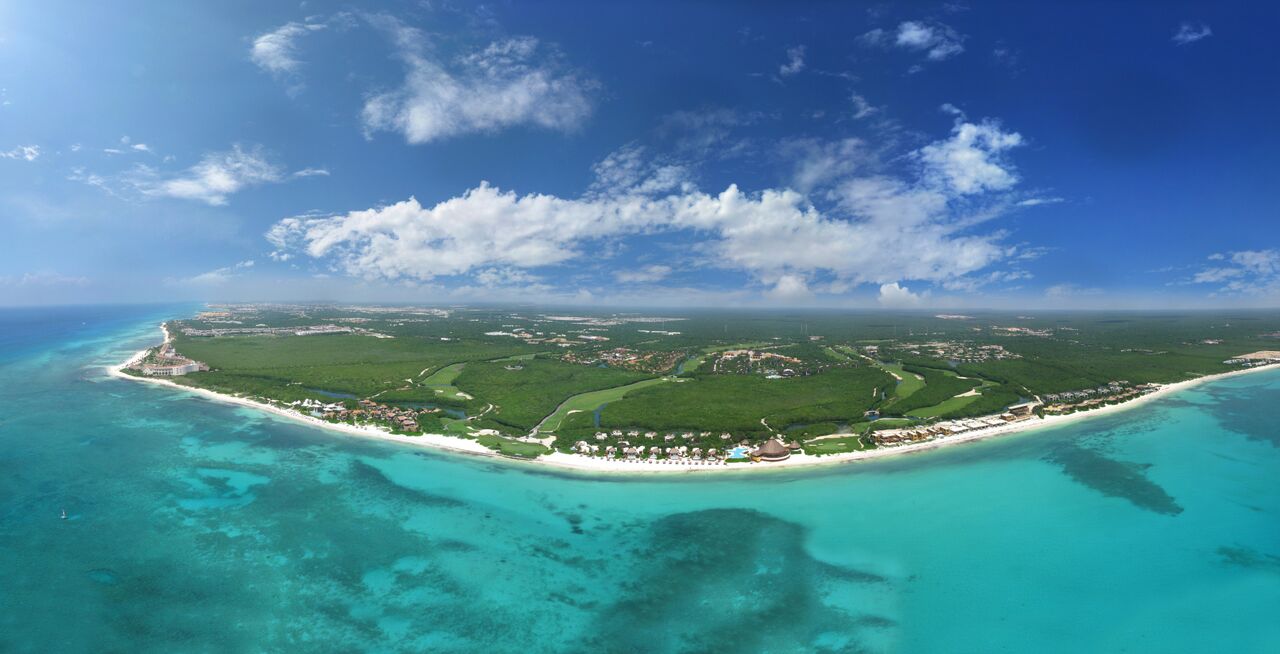
The property…
- was specifically created to be a model luxury enclave that preserves and protects the beach, jungle and wildlife for future generations.
- employs a team of onsite biologists to conduct general monitoring of the over 200 species of birds and wildlife to ensure favorable physical conditions.
- implemented a project to rehabilitate its coastal ecosystems in order to increase sea levels, rebuild coastal sand dunes, recover reefs and create new coral barriers.
- received the Sustainable Standard Setter Award from the Rainforest Alliance and the Ulysses Prize for “Responsible Tourism Development” by the United Nations World Tourism Organization in 2011.
A new trend is emerging in new developments — less artwork, more greenery.
By Alyssa Gautieri
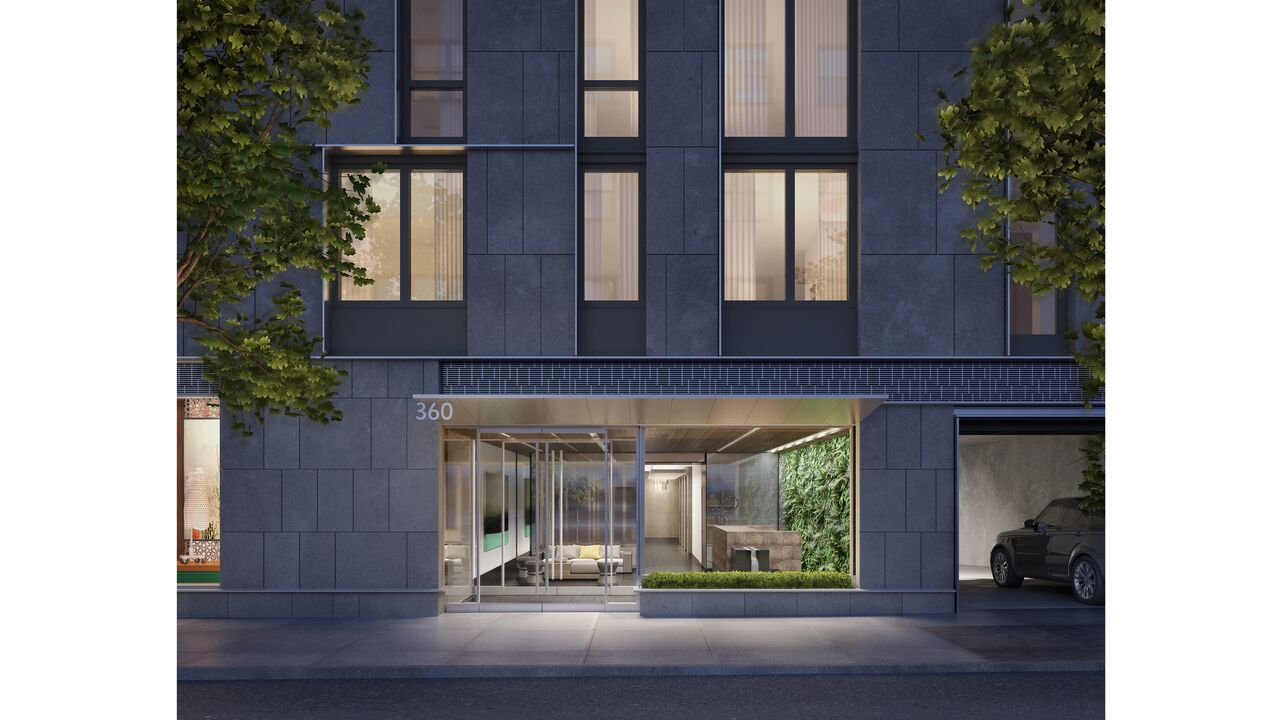
Photo courtesy of Redundant Pixel
Developers are beginning to replace artwork in lobbies with viewing atrium gardens and living green walls. Ridding lobbies of traditional artwork, developers are instead creating art in the form of greenery and landscape. Greenery is a fresh, new way to the grab attention of residents upon entry.
Here are some properties that are embracing this emerging trend:
525W52
With an atrium that extends from the second floor lobby to the cellar, this property in Hell’s Kitchen is welcoming residents with a unique, beautiful view. Inspired by Japanese Gardens and designed by Future Green Studio, this atrium features a green wall and a lush viewing garden with pre-historic plants.
Photo courtesy of Moso Studio
507 West Chelsea
This beautiful property combines nature with design motifs of the High Line to create a welcoming first impression. Designed by Ismael Leyva Architects, the development’s living green wall adds a pop of color and natural element to the lobby.
Photo courtesy of Ismael Leyva Architects
Citizen360
360 East 89th Street has plans to create a green wall — an idea by Clodagh, the building’s interior designer — behind a burnished-steel and oak reception desk. An scupper that splashes water into a pool and stepped slabs of limestone will create a garden-like feeling in the lobby.
Photo courtesy of Redundant Pixel
This luxury Mexico Resort is launching a rehabilitation project.
By Alyssa Gautieri

The erosion of Rivera Maya and Caribbean beaches has worsened and climate change continues to impact trade winds and ocean currents. As a result, beaches have suffered a loss of sand and beach corrosion.
Luckily, Mayakoba Tourism Development has a plan to rehabilitate its coastal ecosystems. Their innovative and comprehensive plan will ideally increase sea level not only in the Caribbean, but worldwide.
A strategic alliance was made with expert scientists from the School of Engineering at the National Autonomous University of Mexico as well as local technical, environmental and legal partners.
Mayakoba will use sustainable technology to rebuild the coastal dunes, place barriers as protection against erosion and waves, recover sand on the beach and reefs and create new coral barriers.
Mayakoba Tourism Development seeks to act as a pioneer by adopting this plan.
Photos courtesy of Mayakoba.
